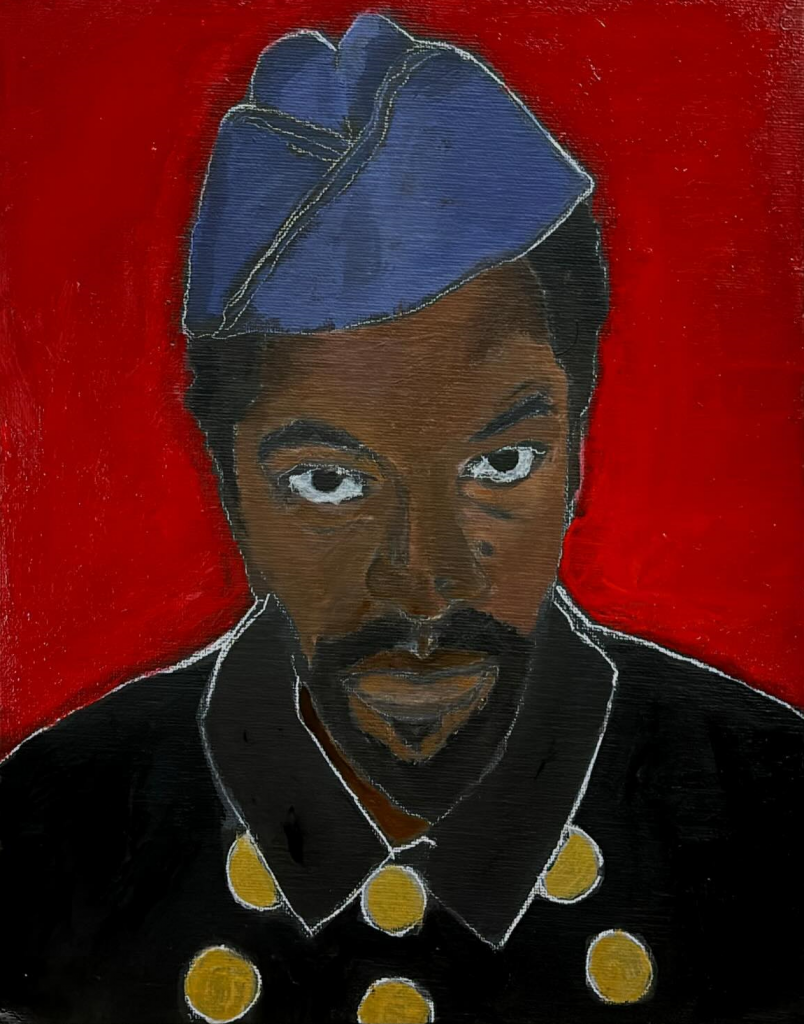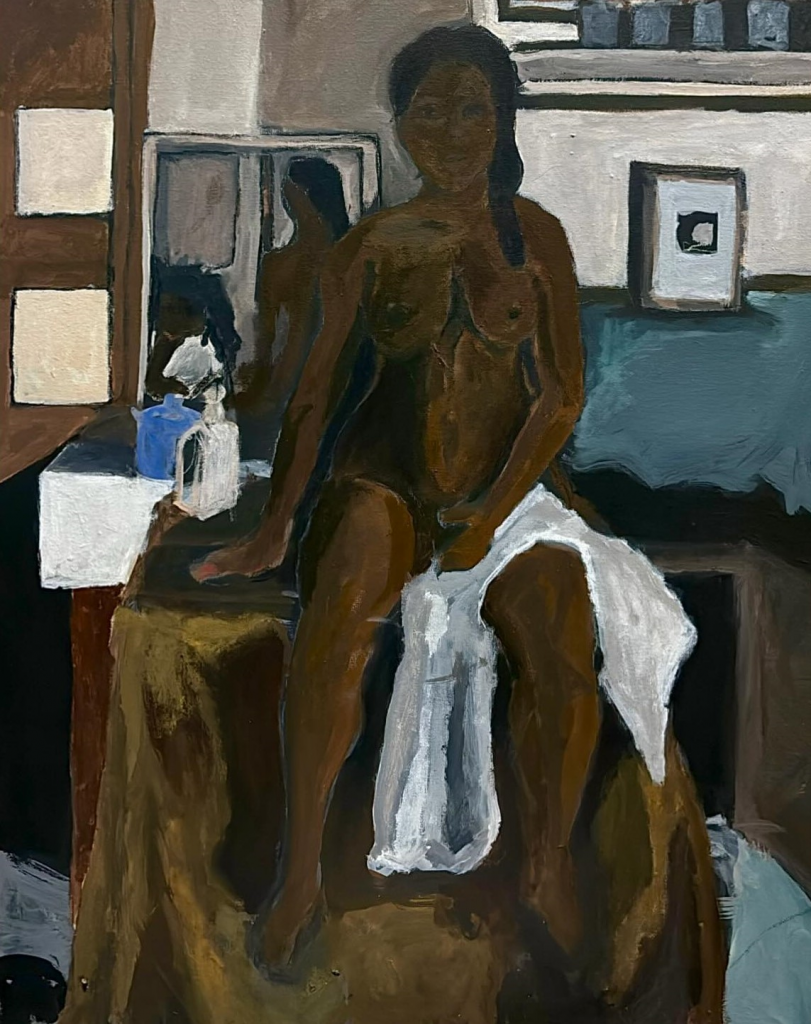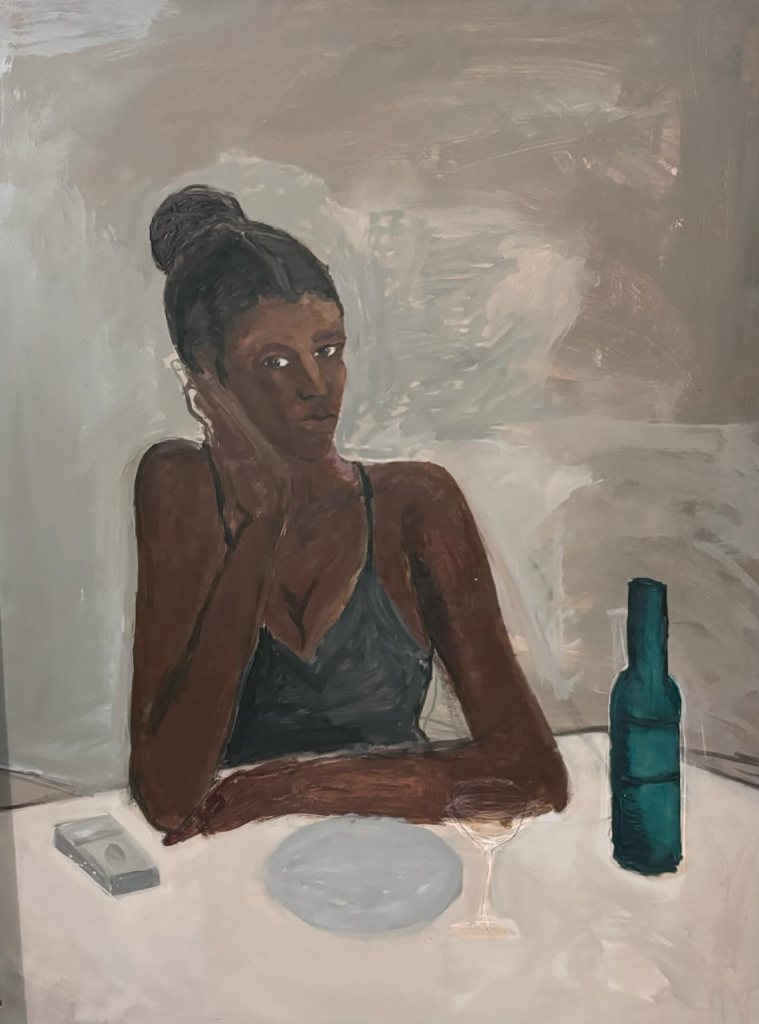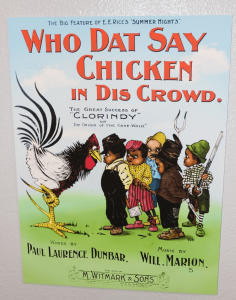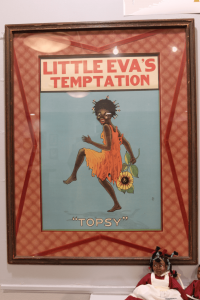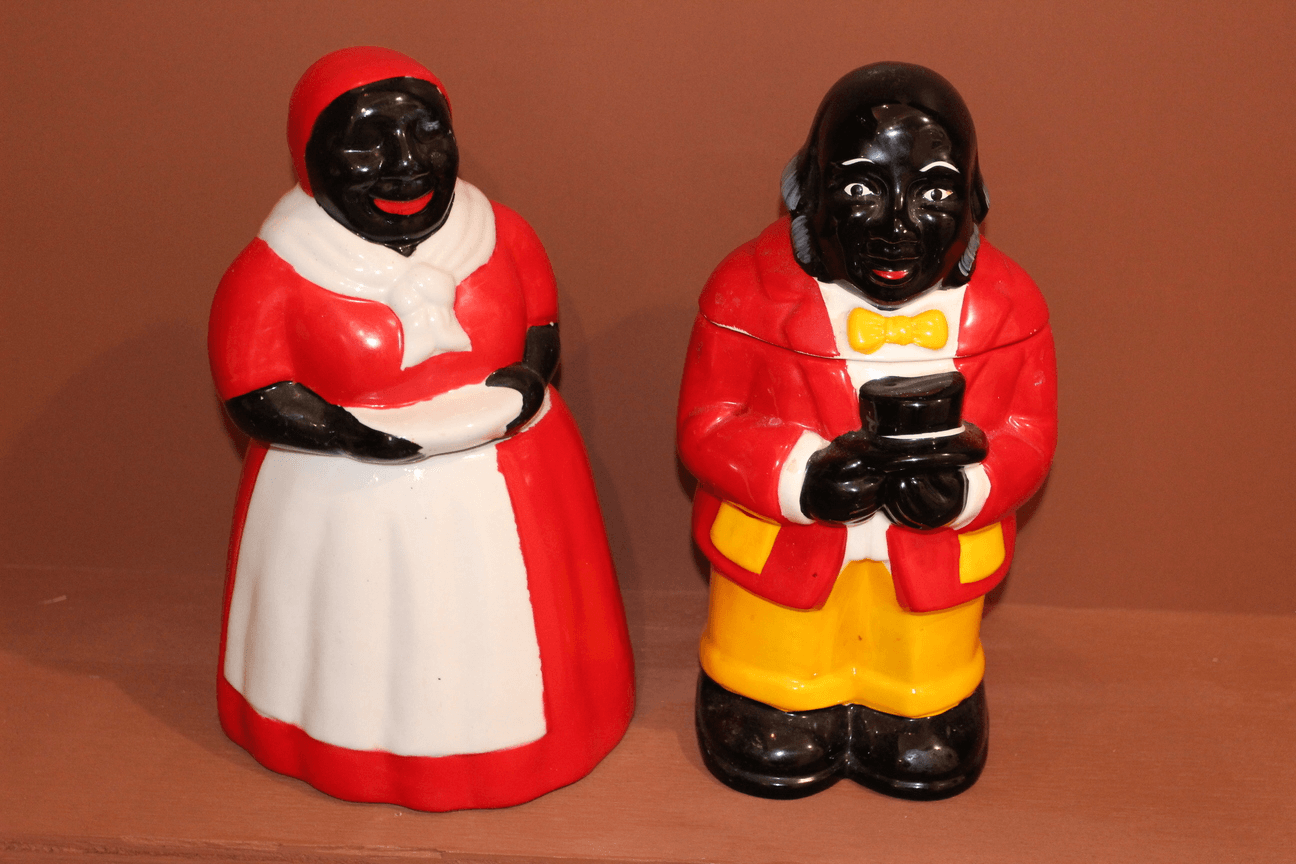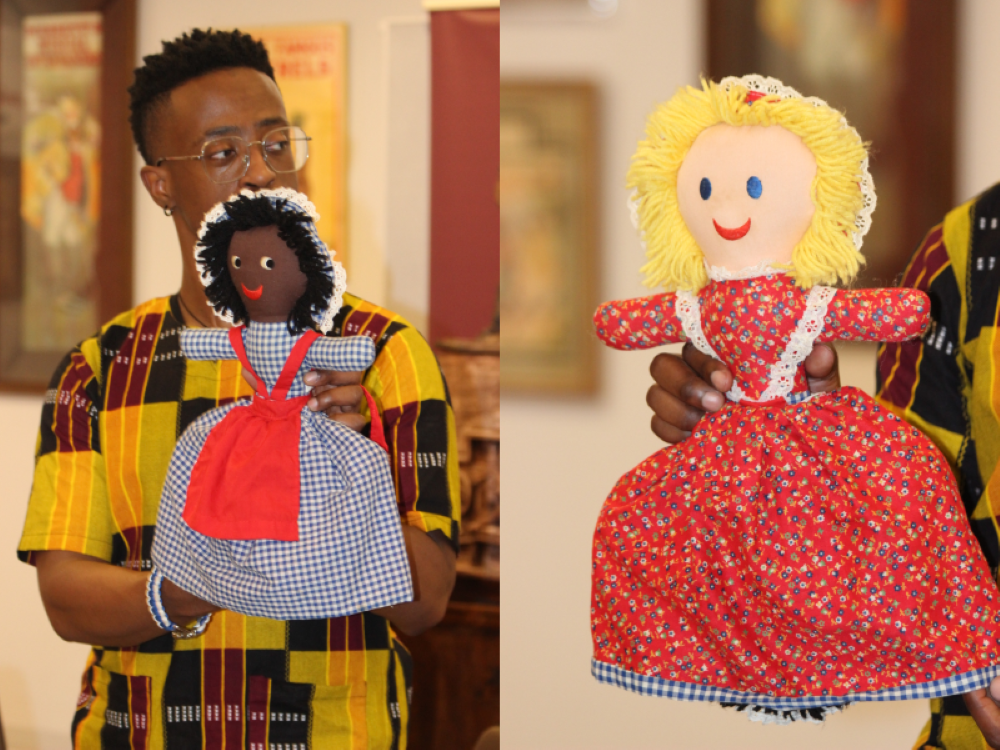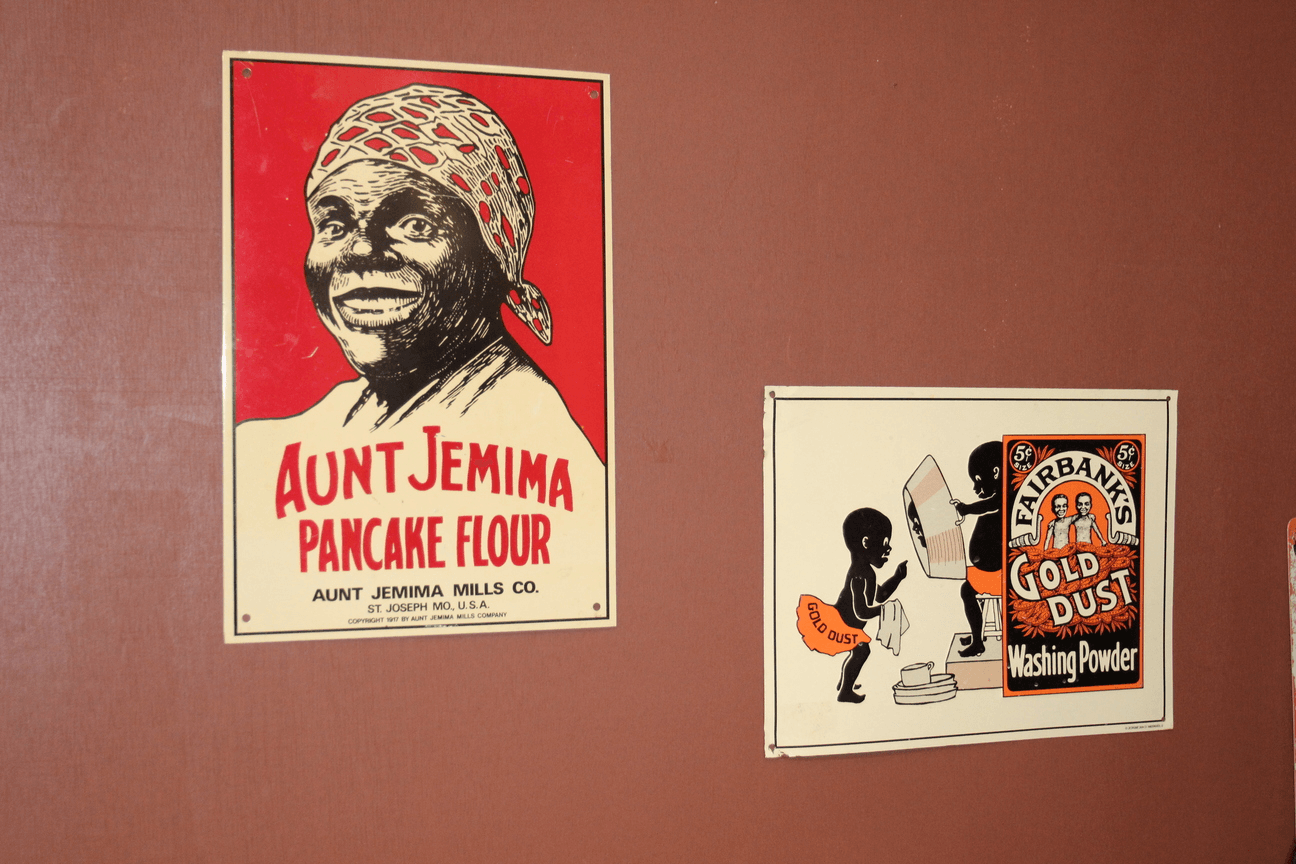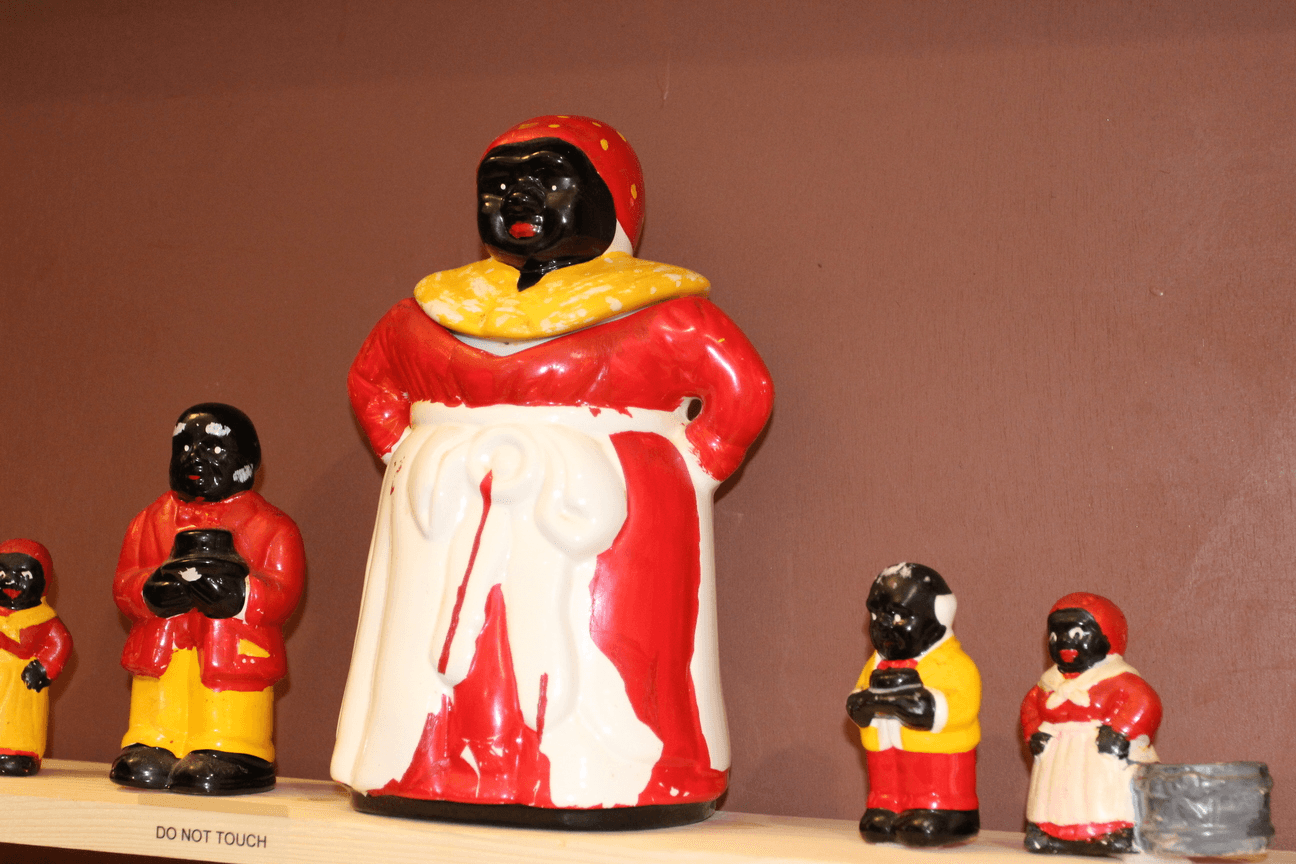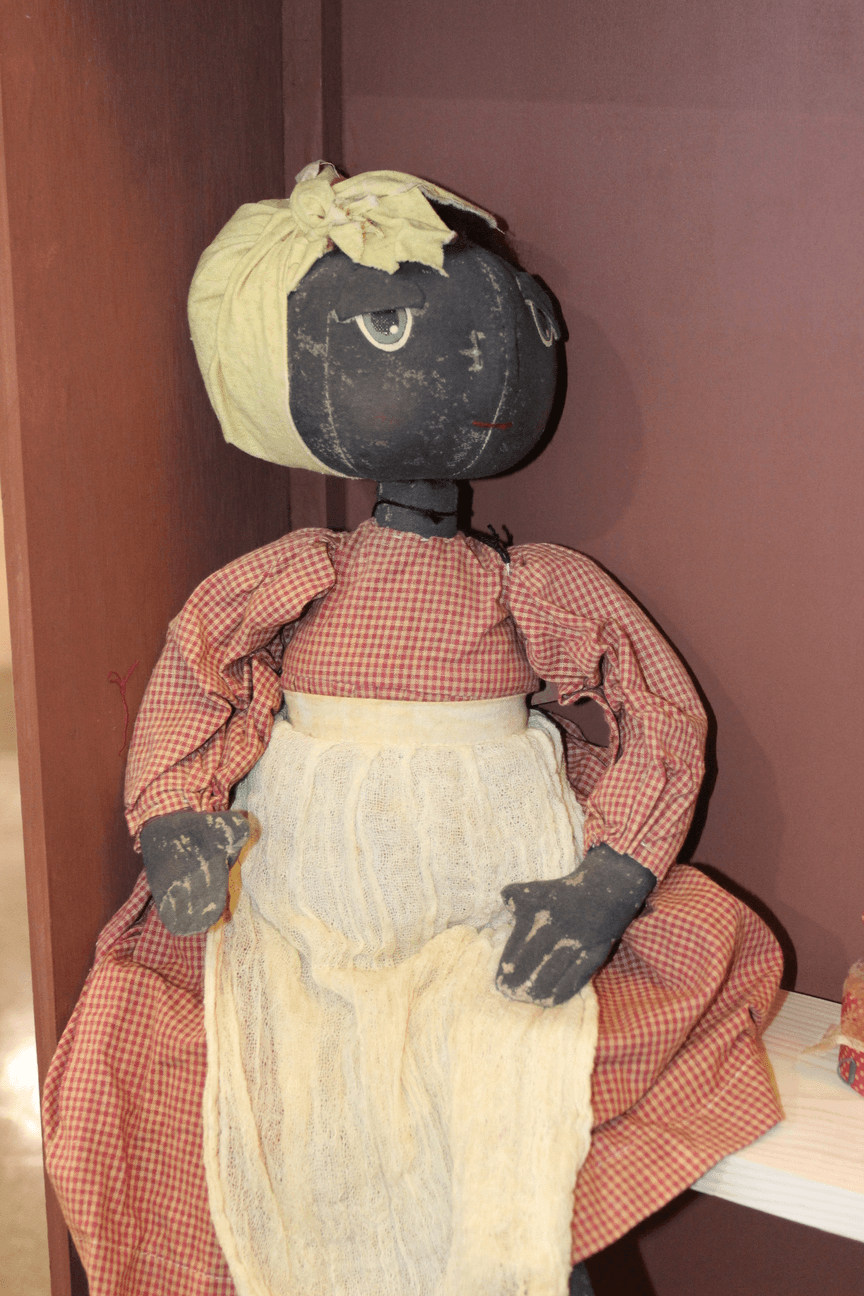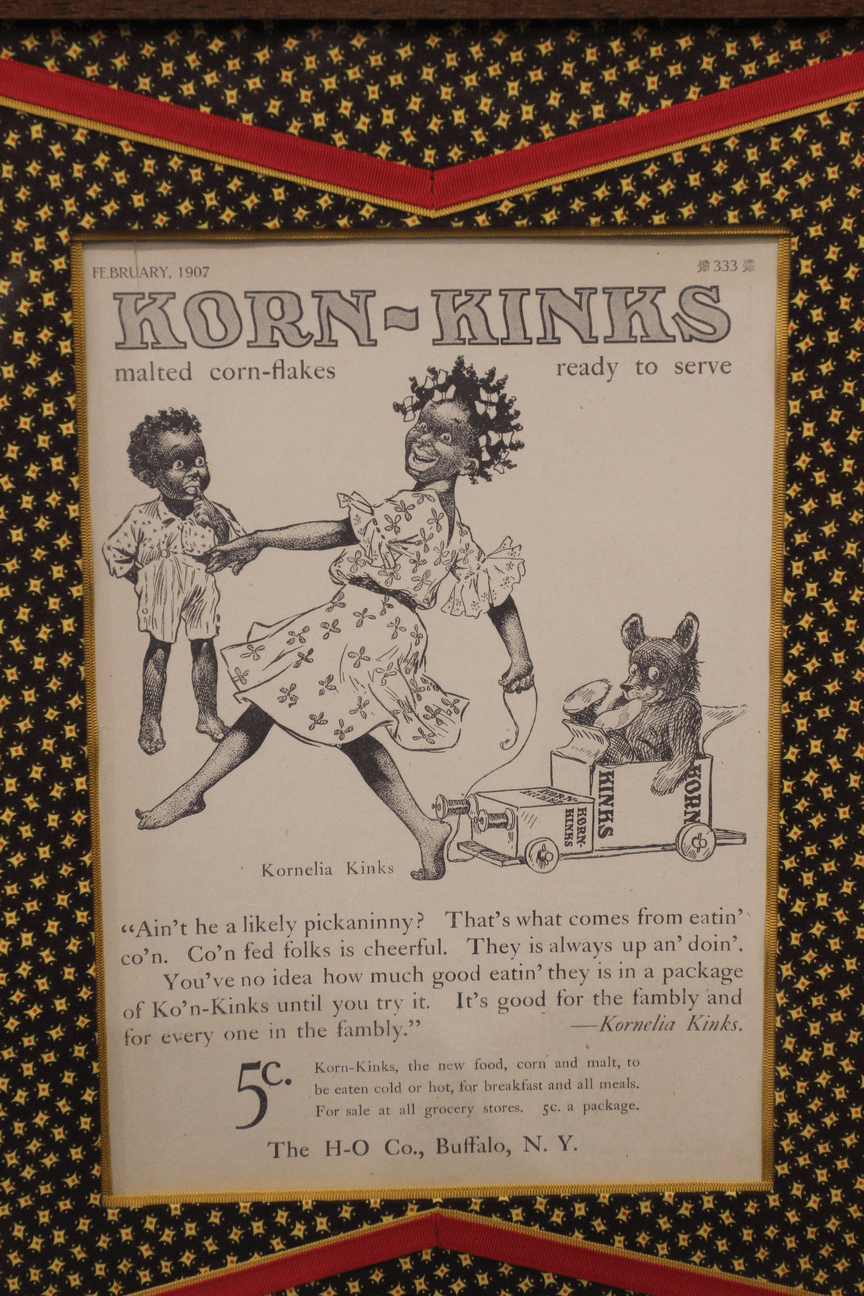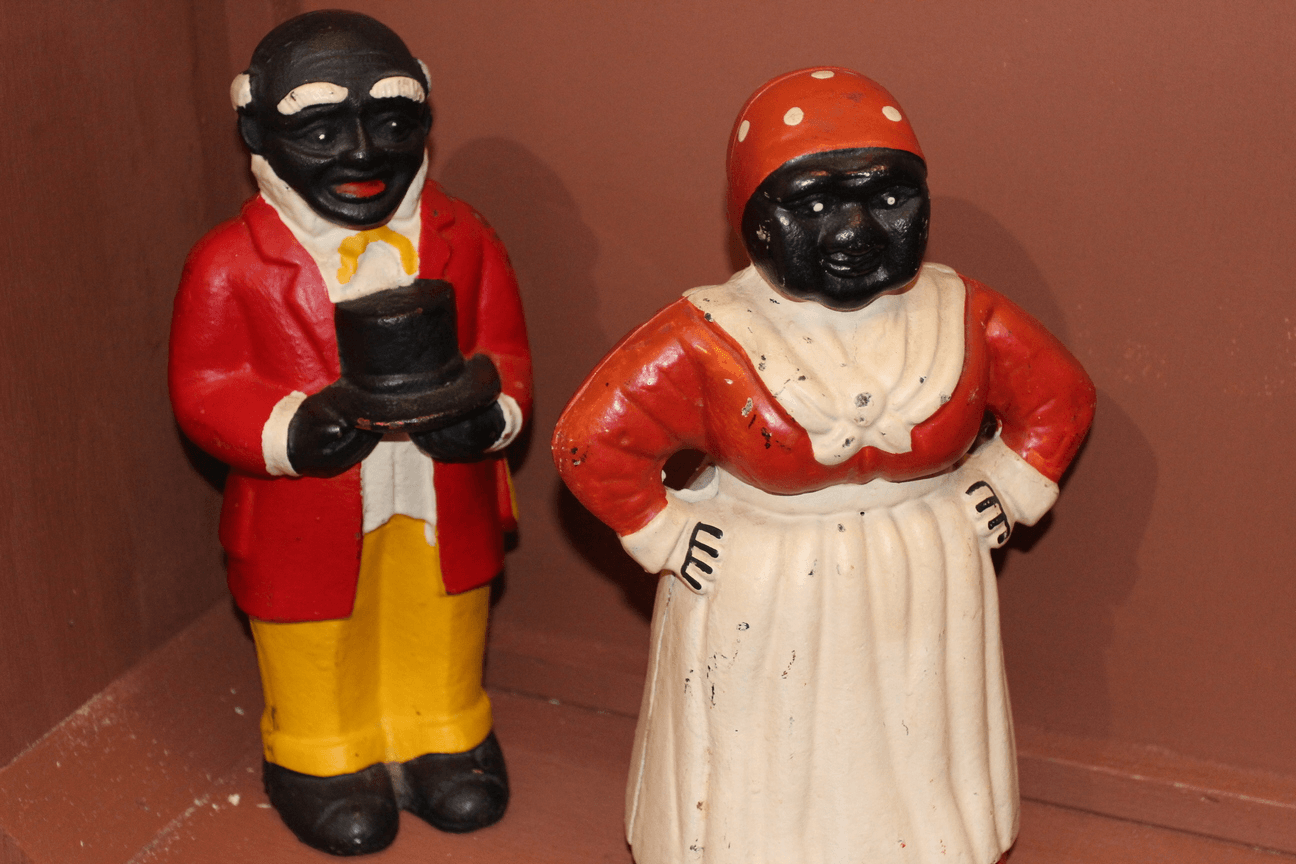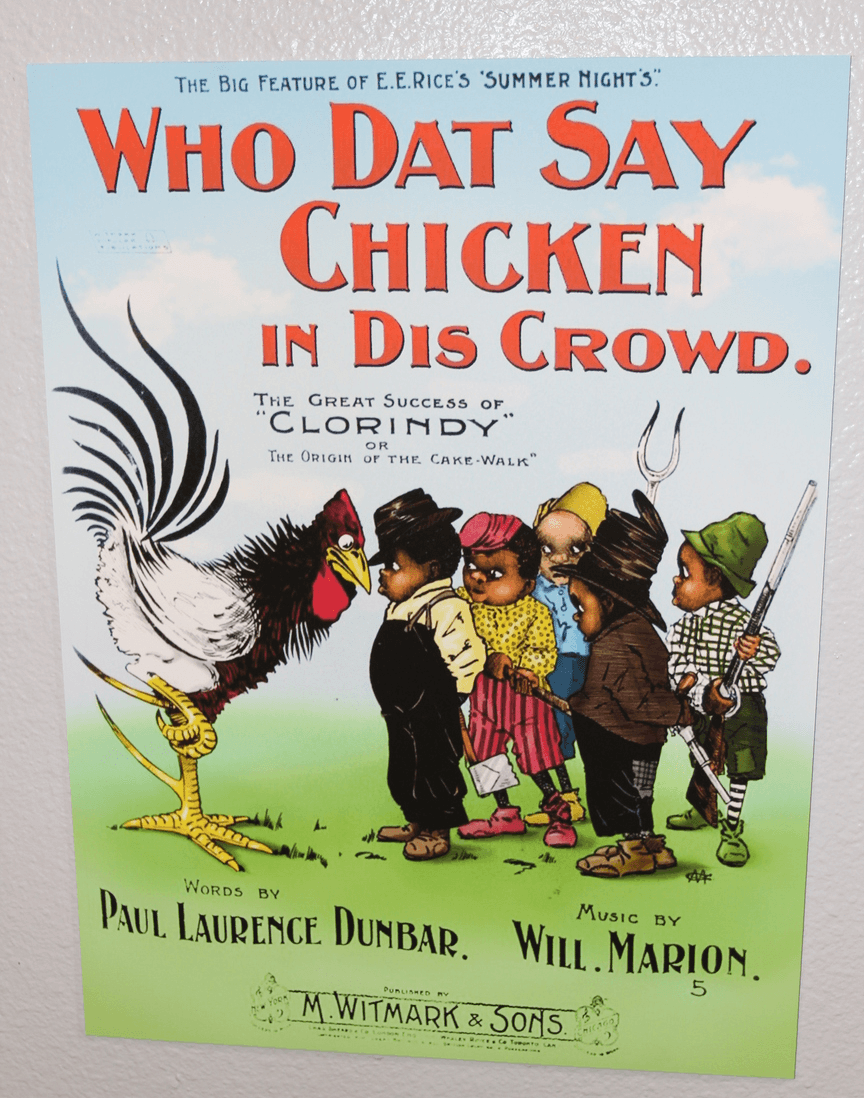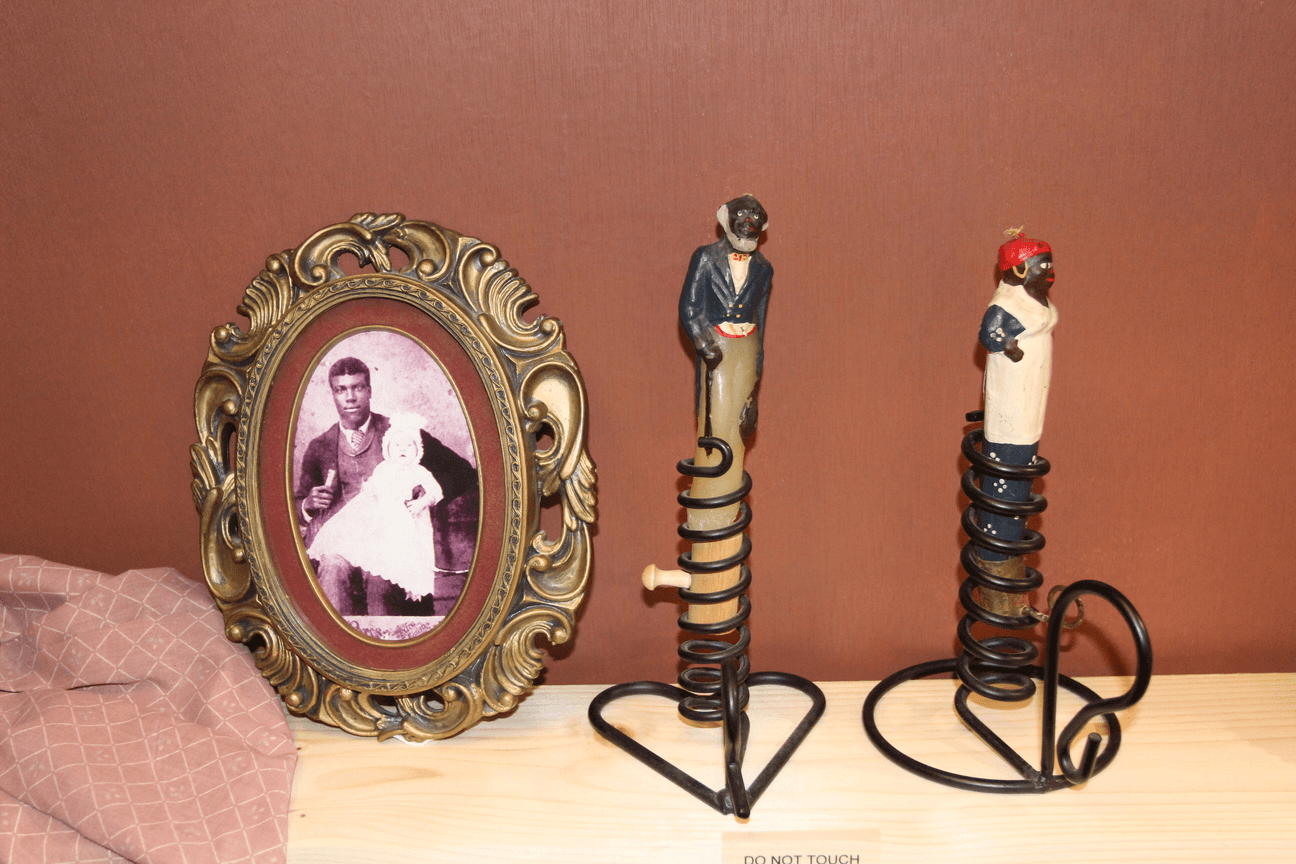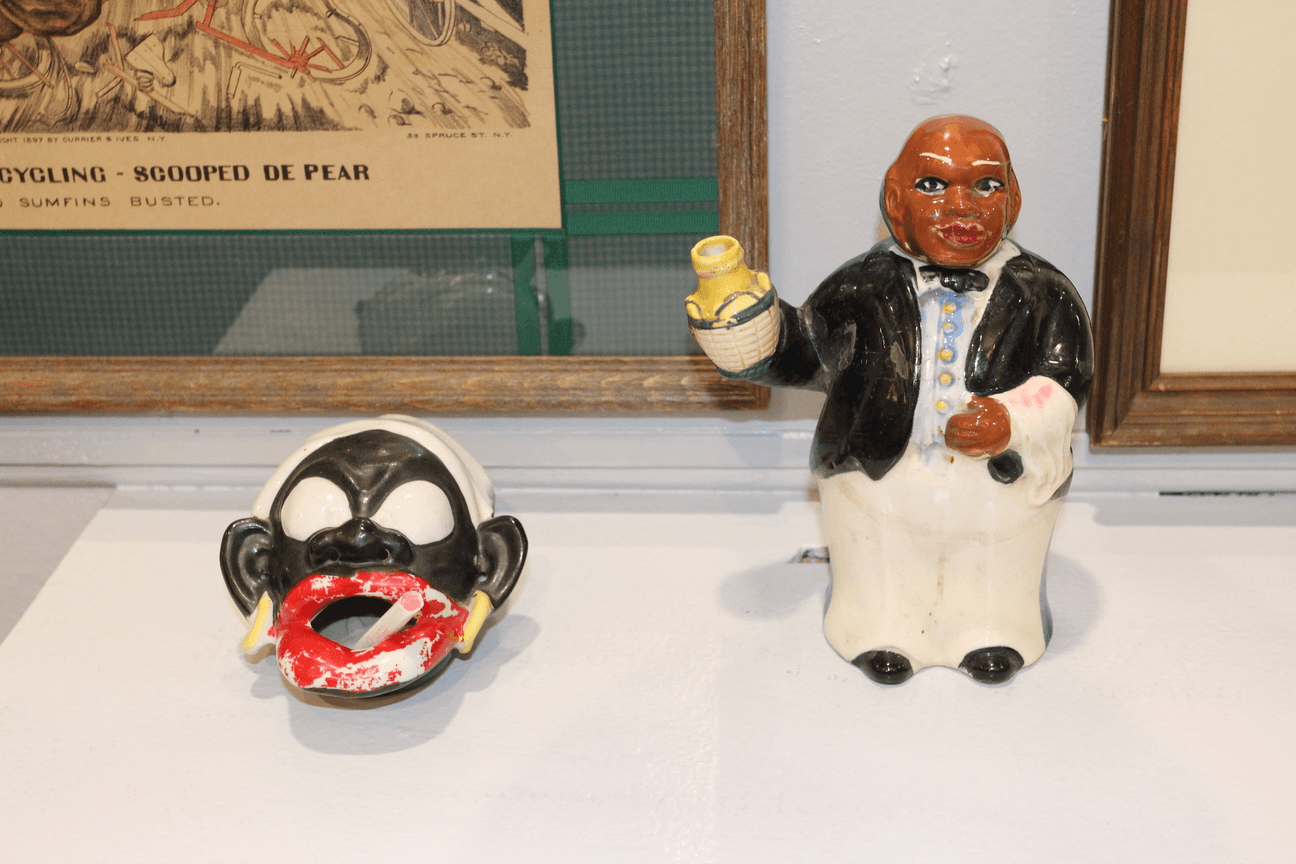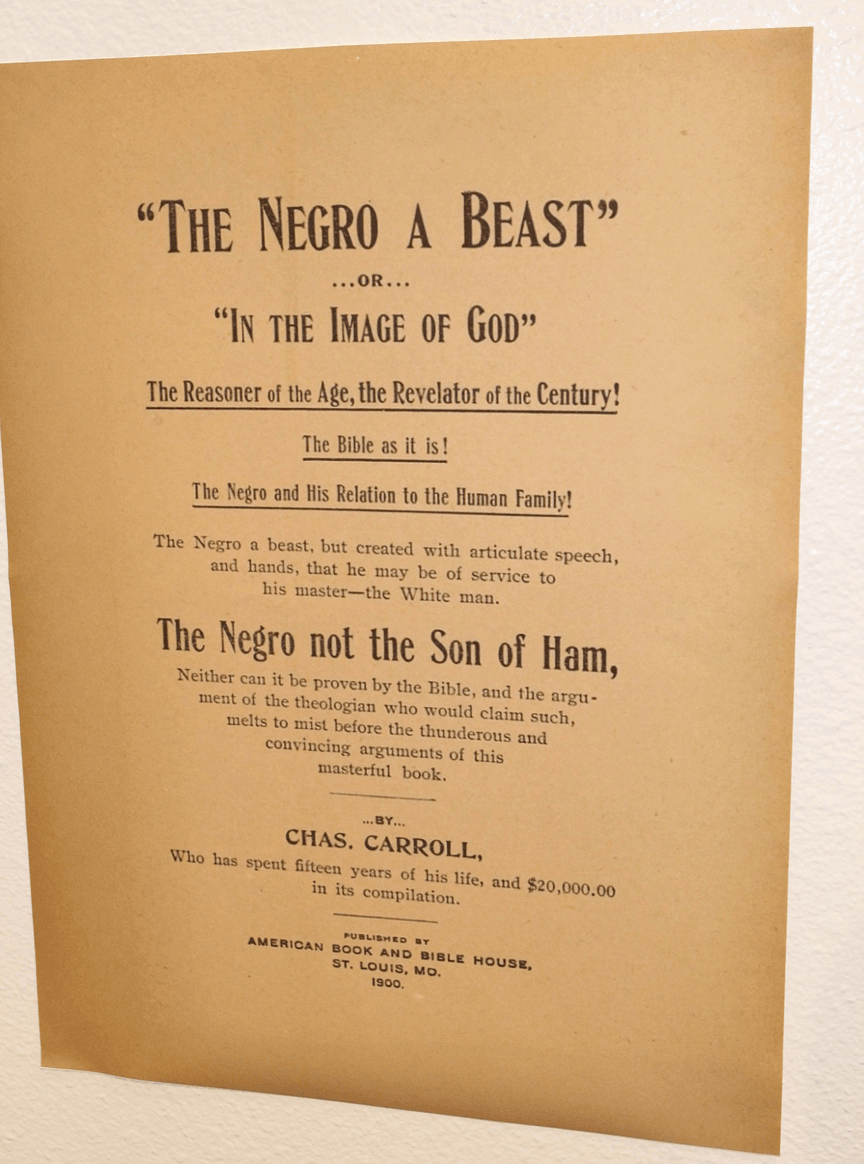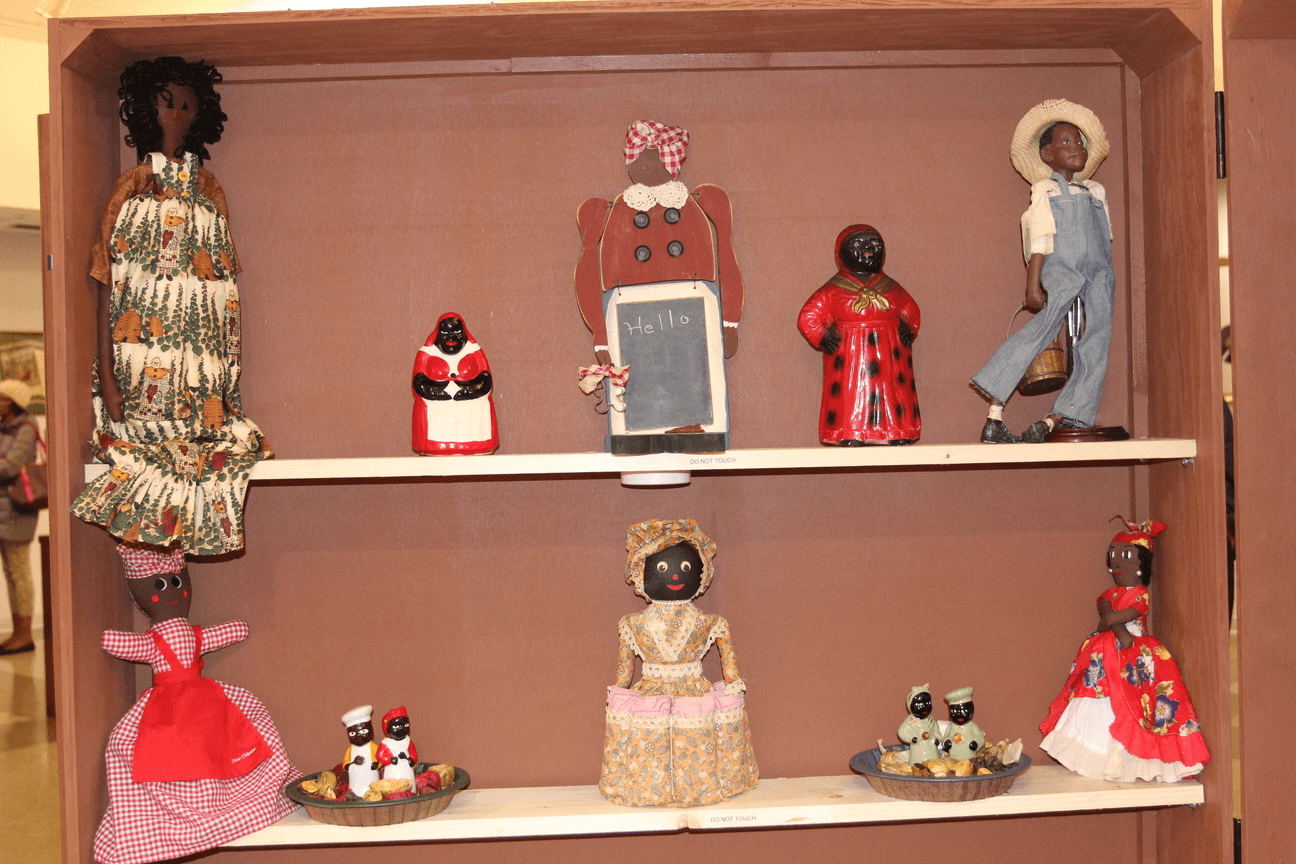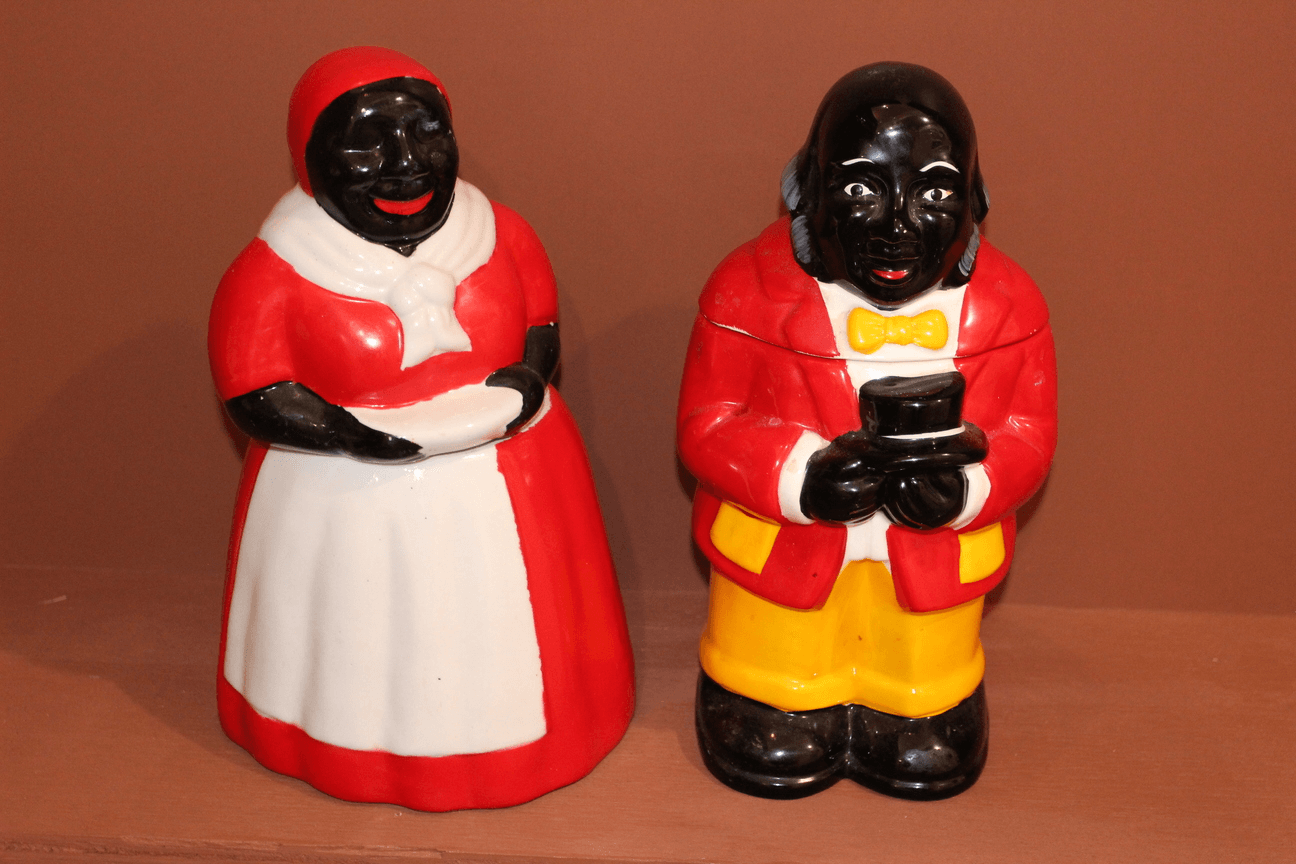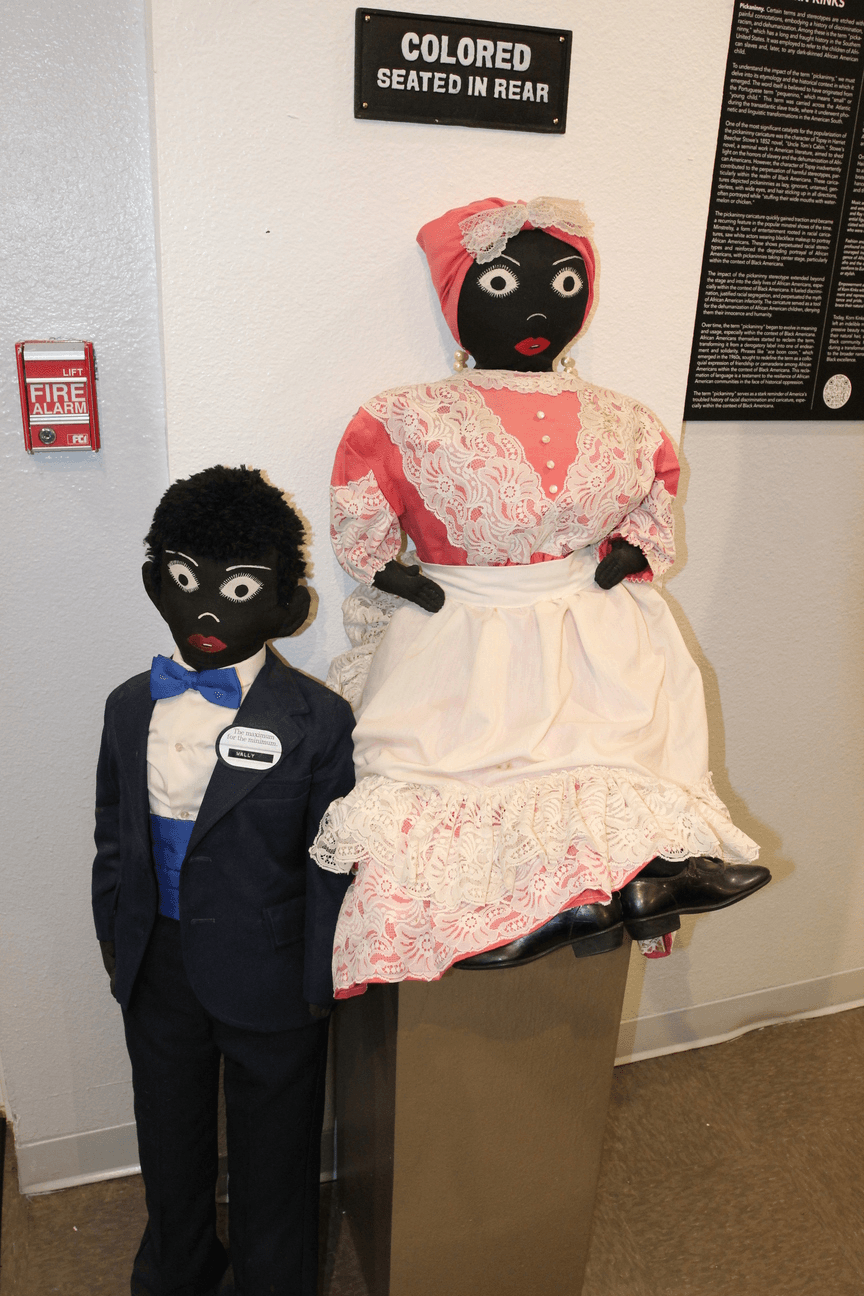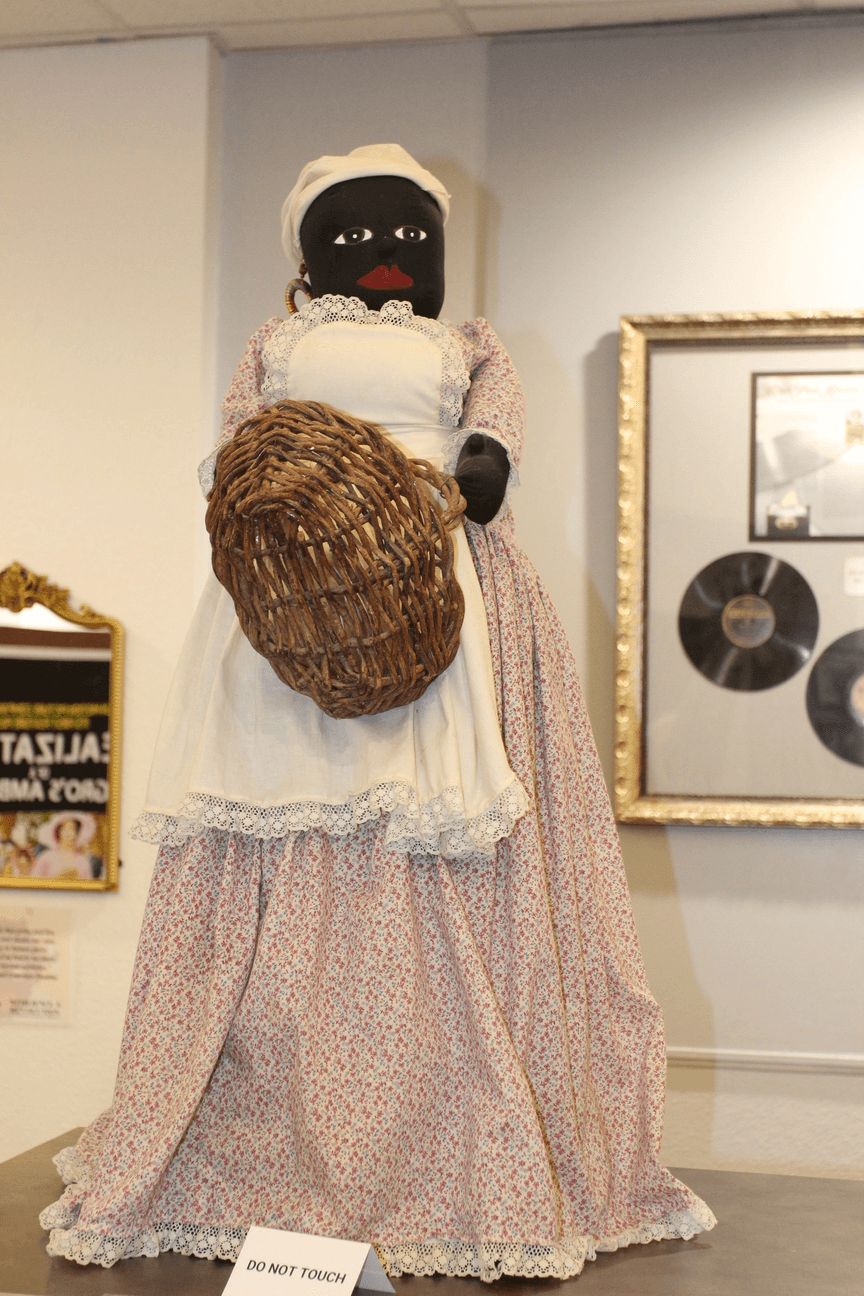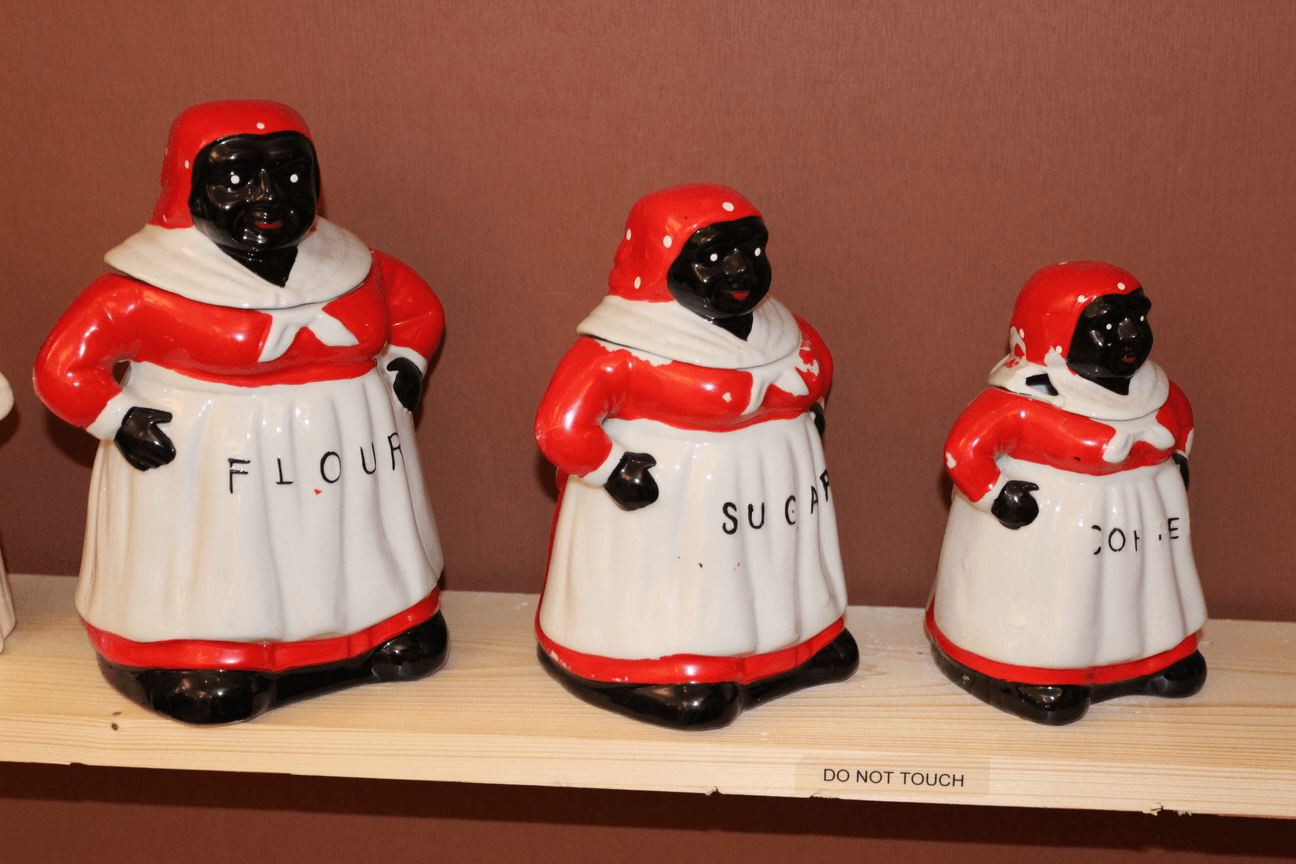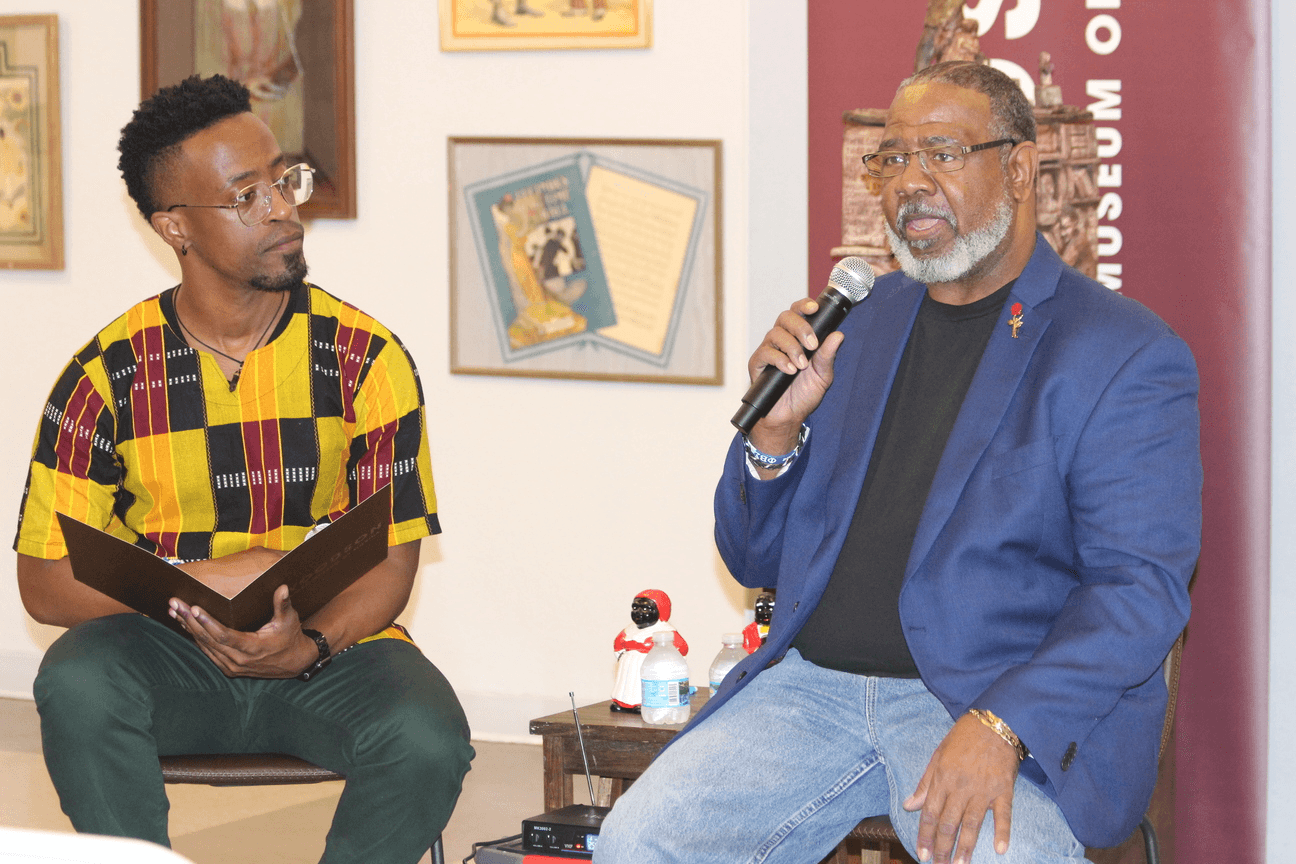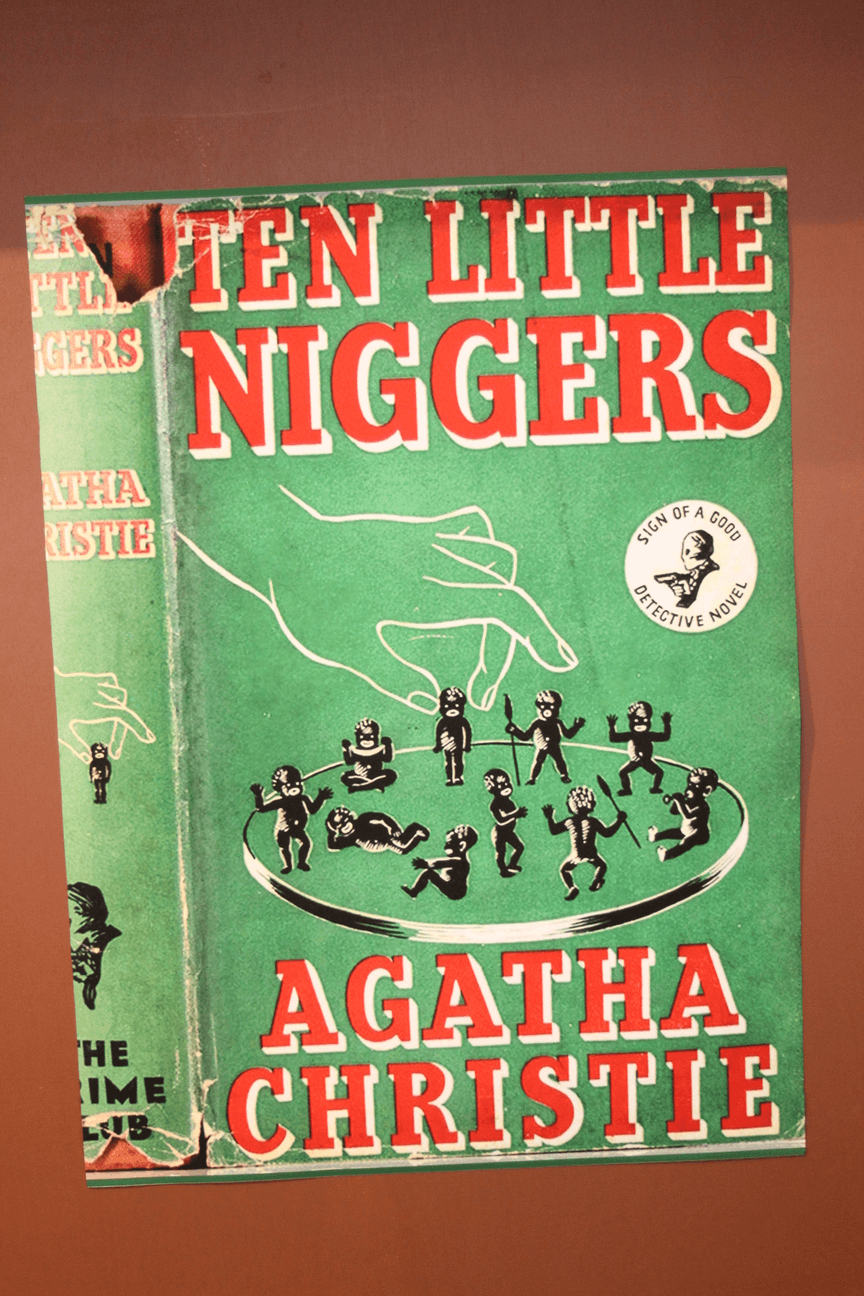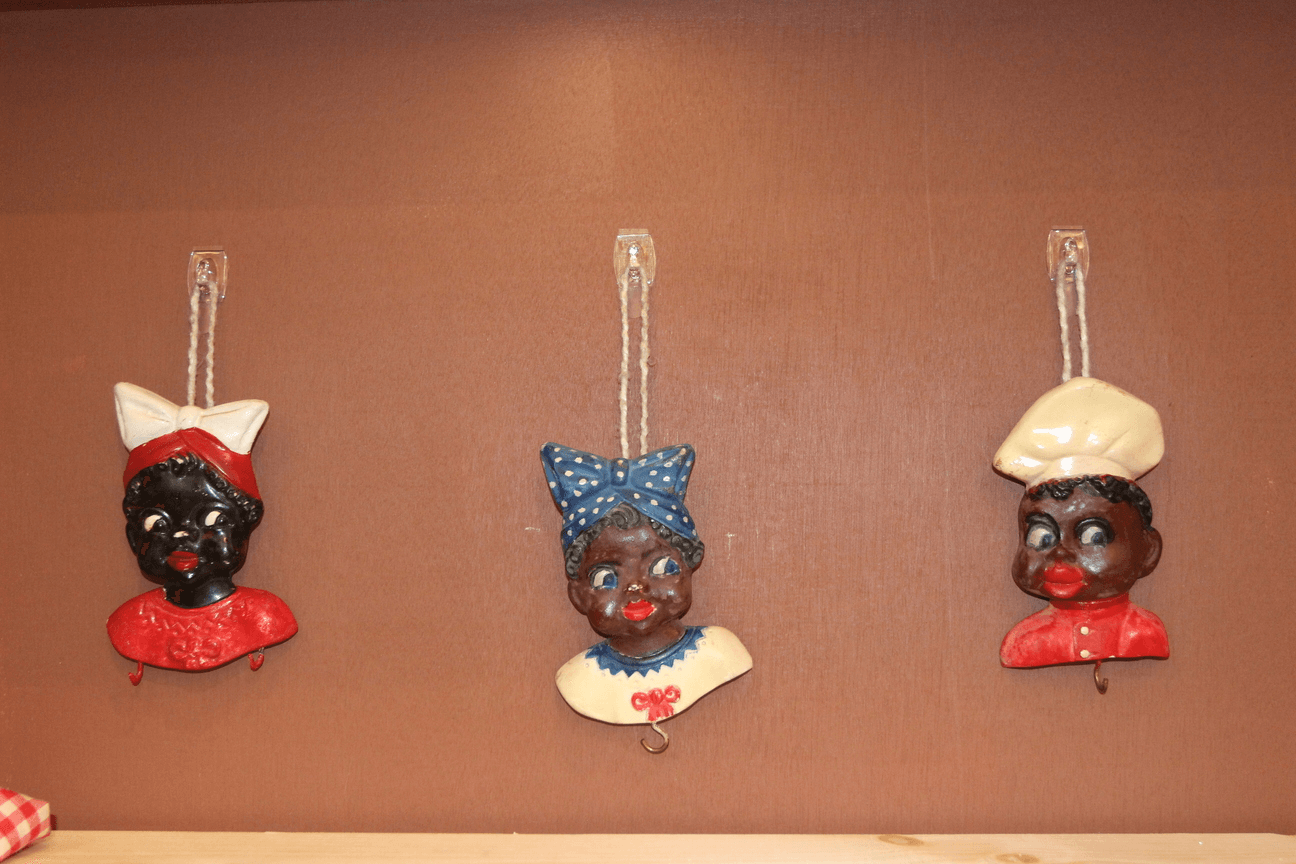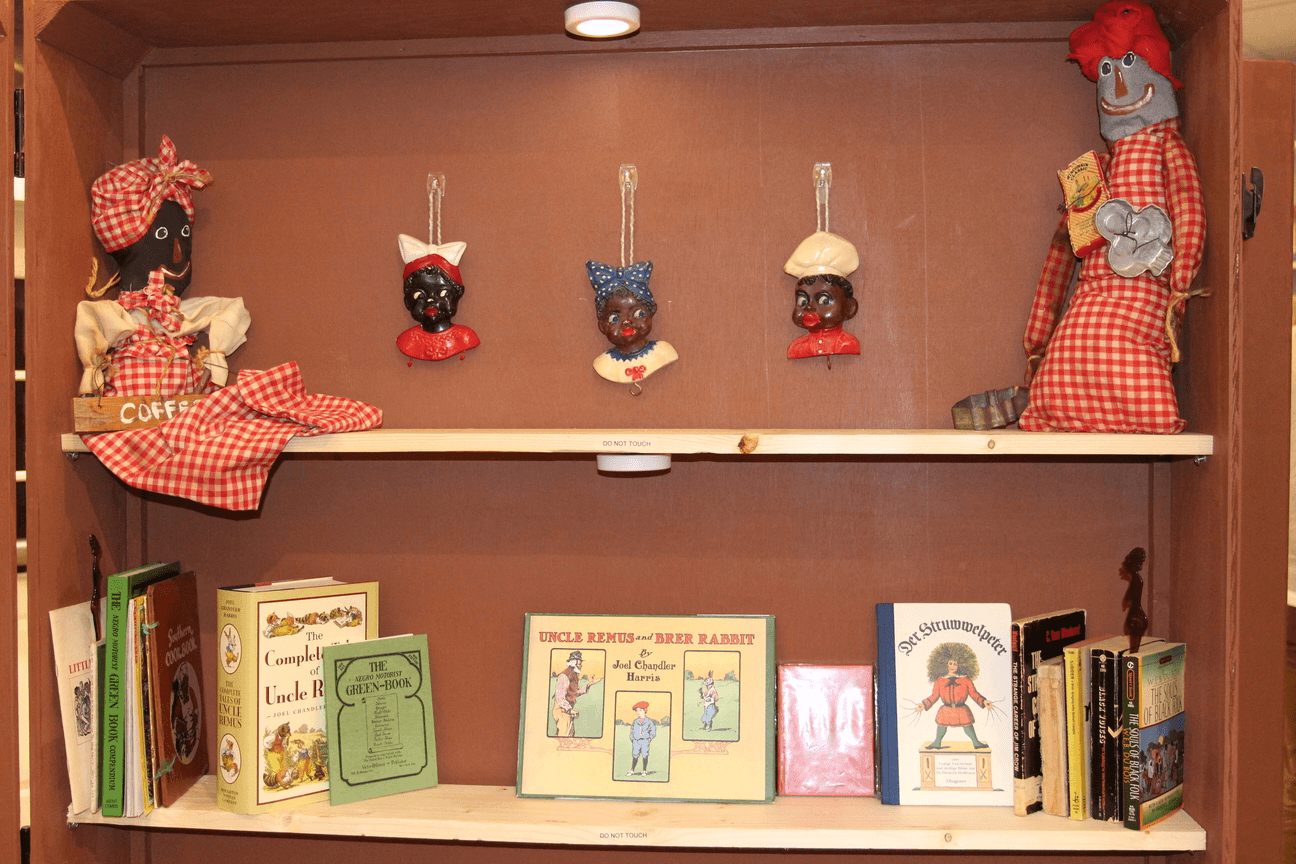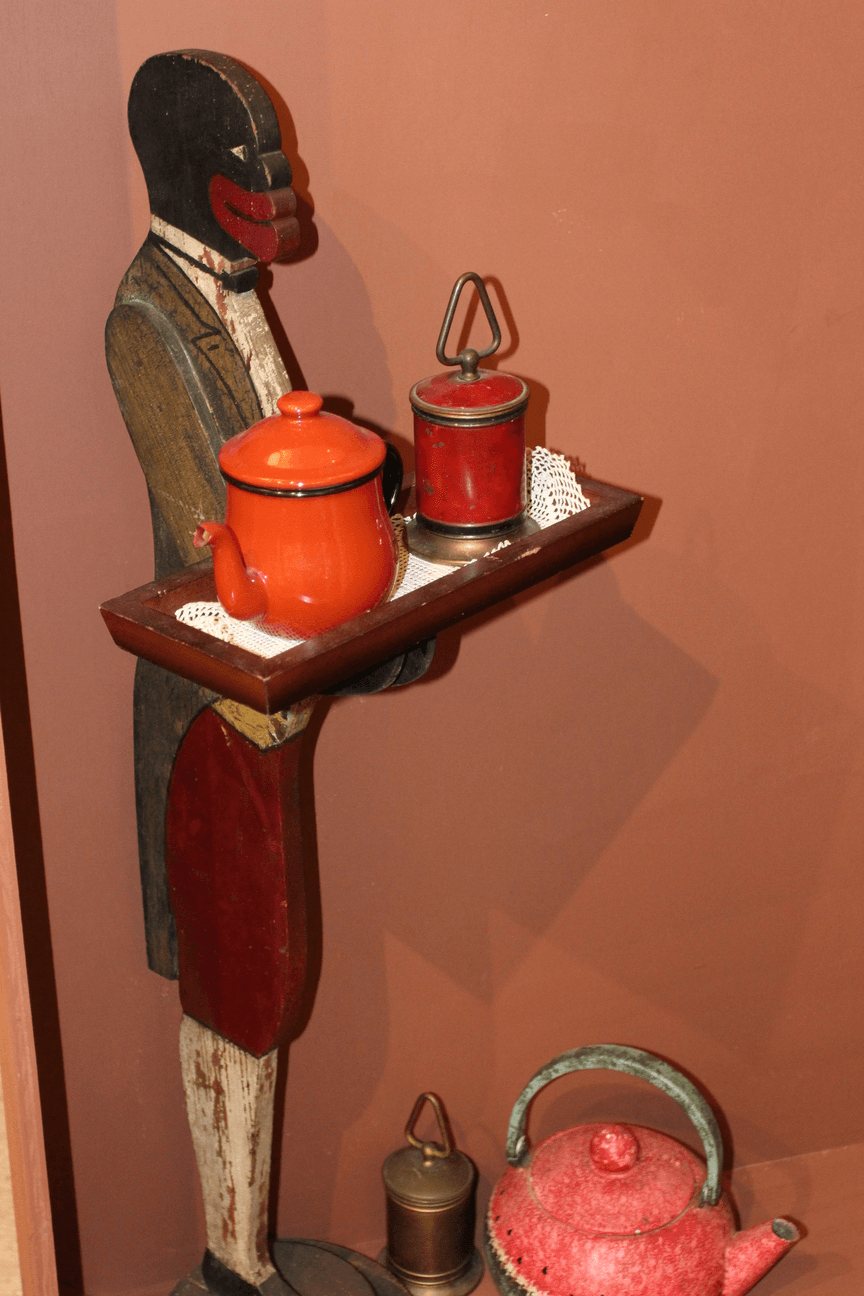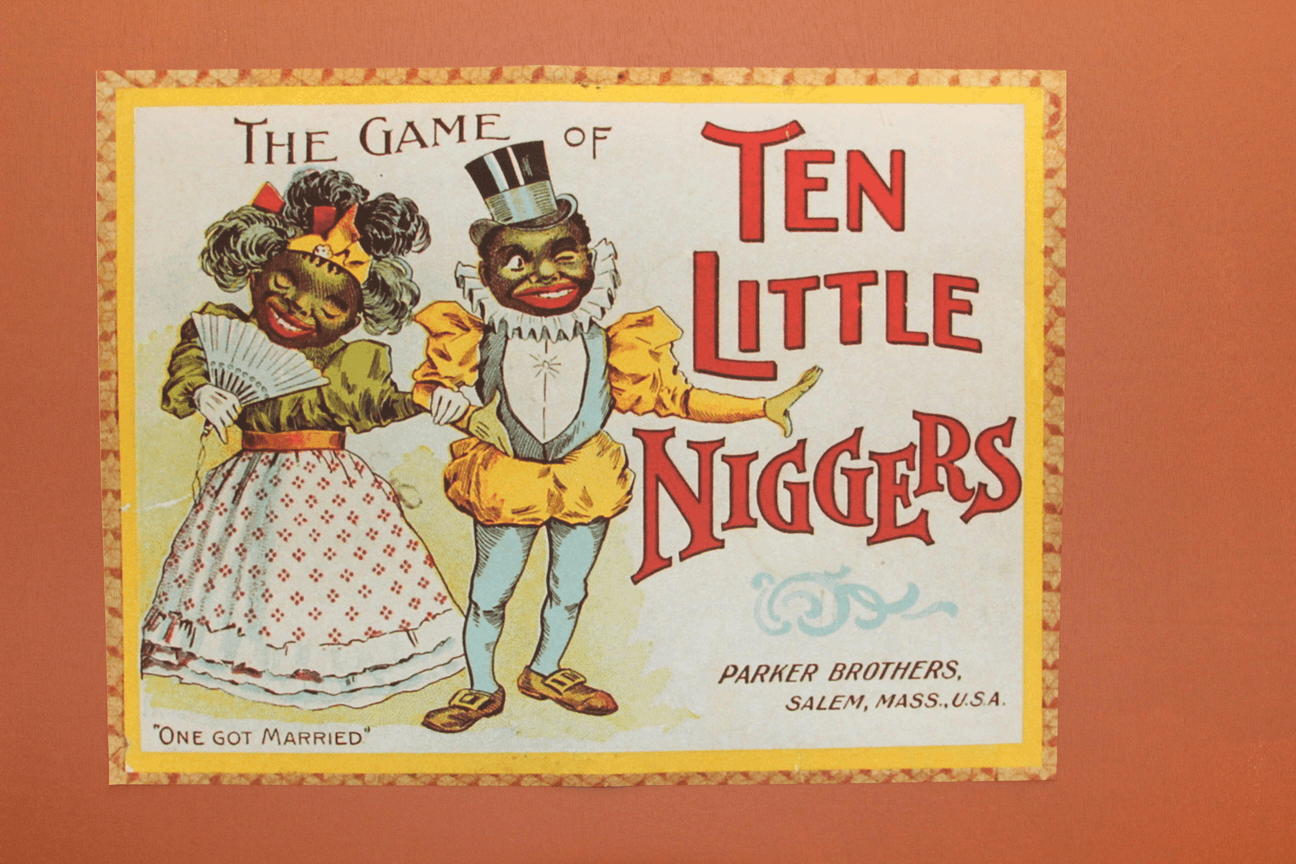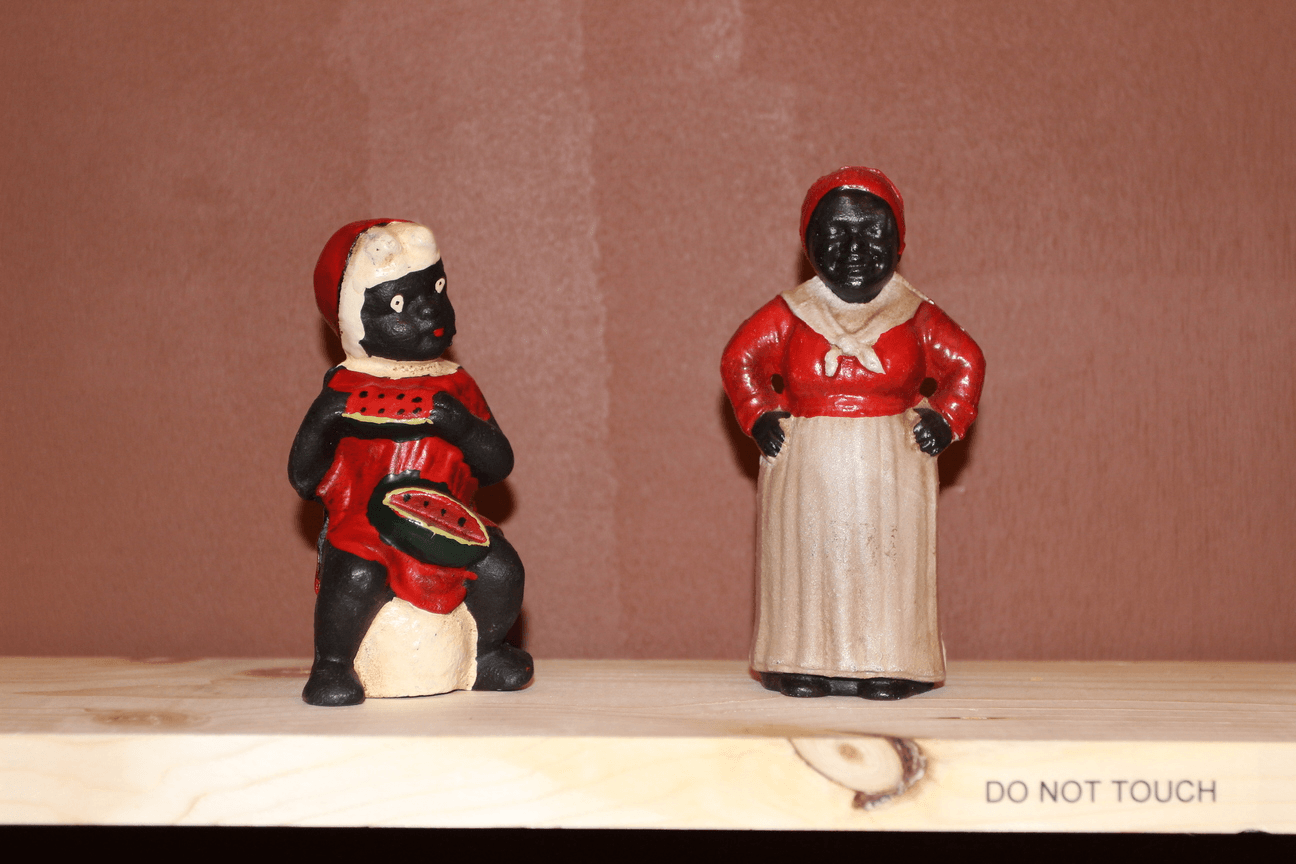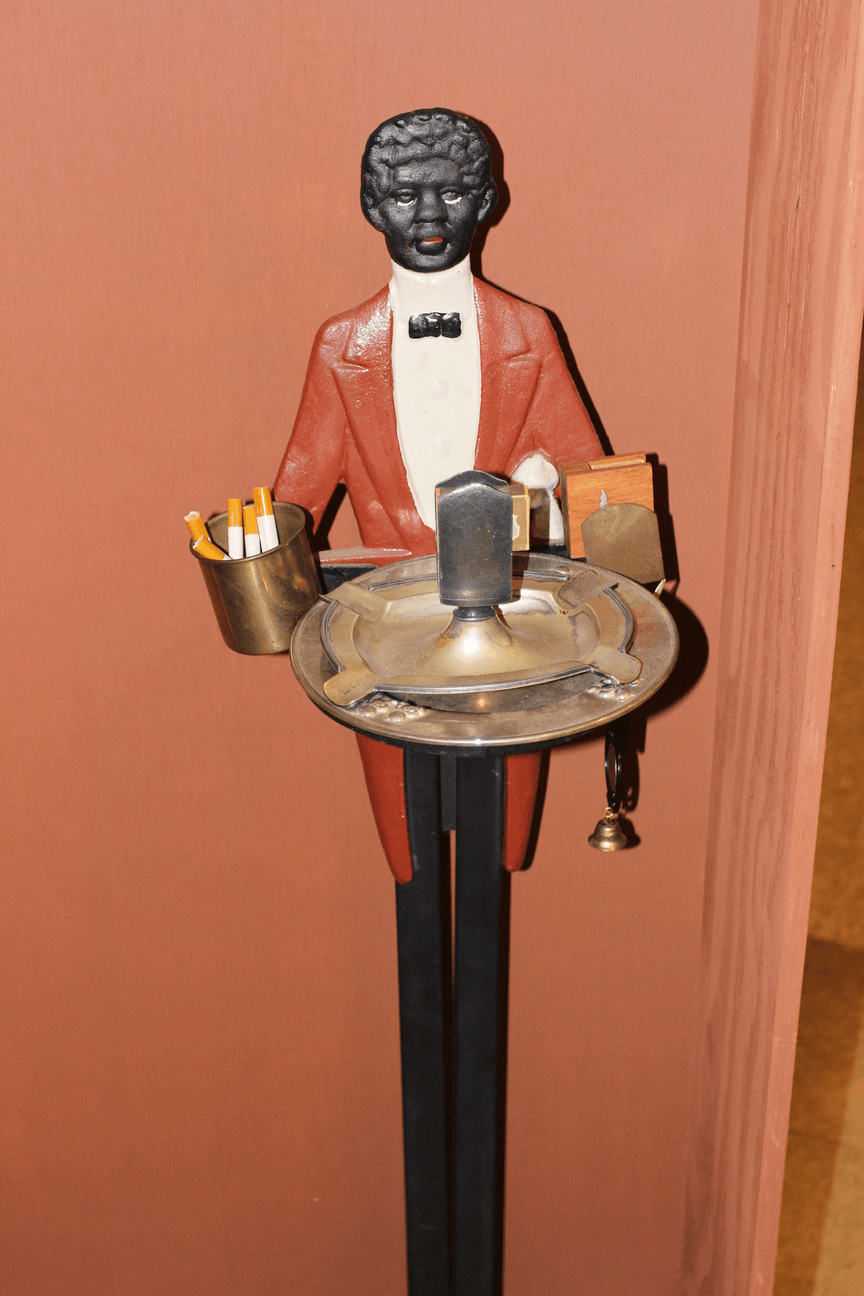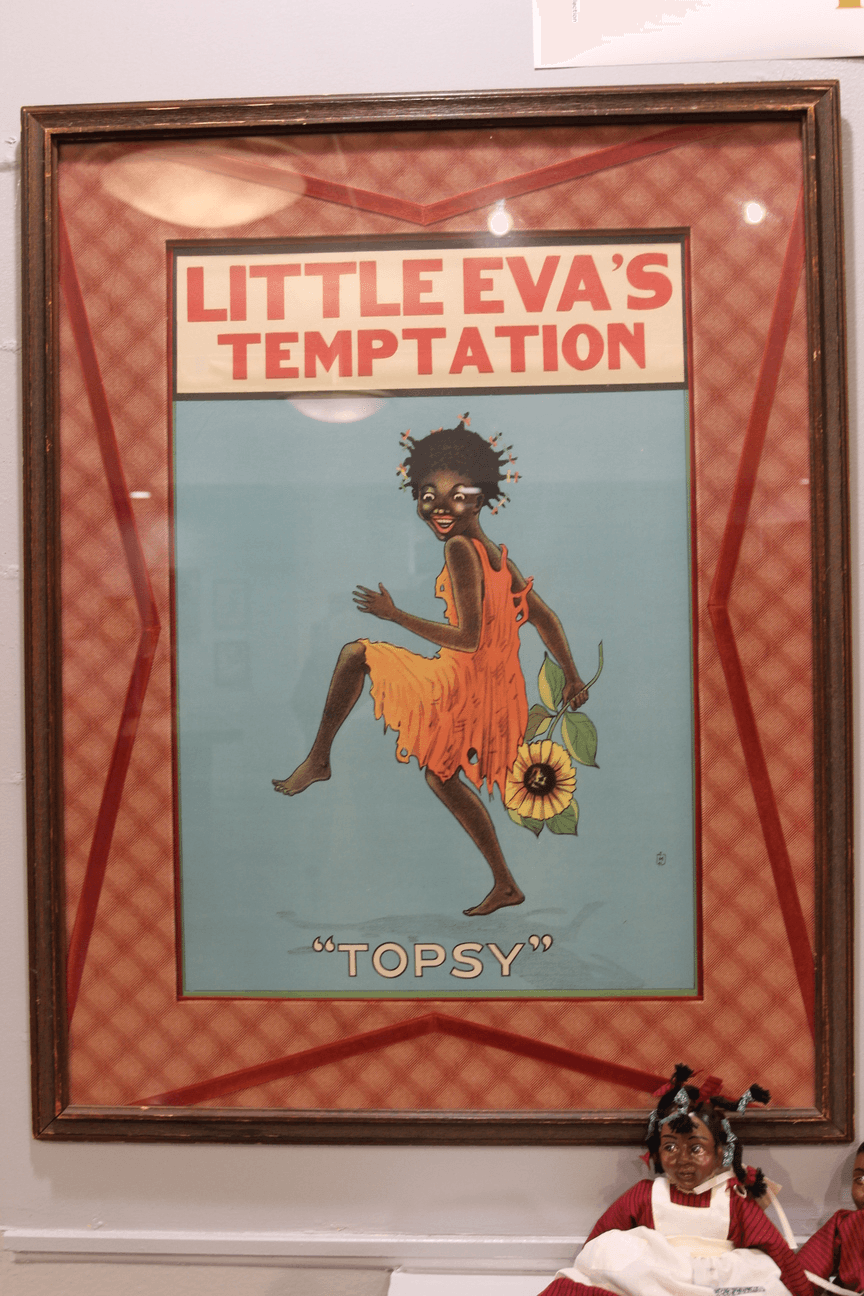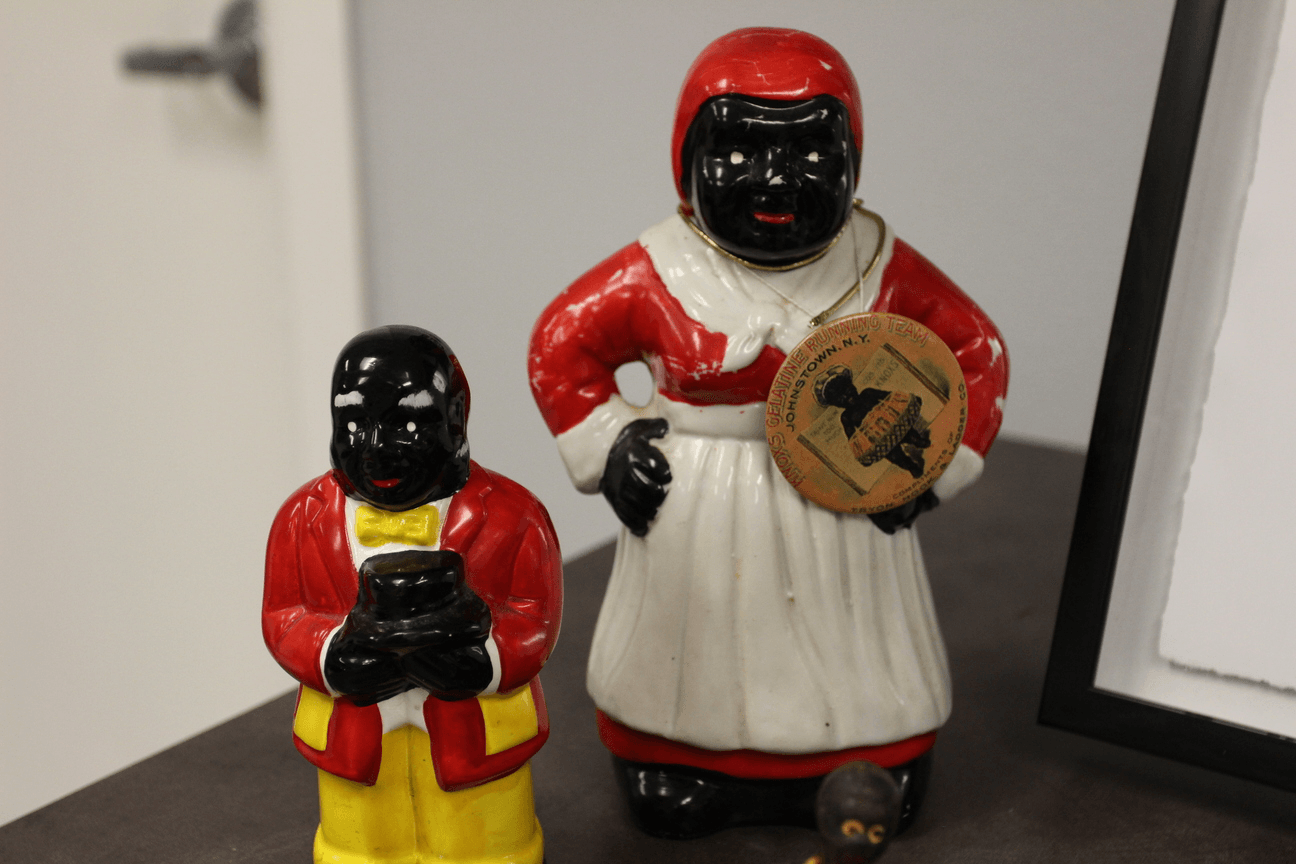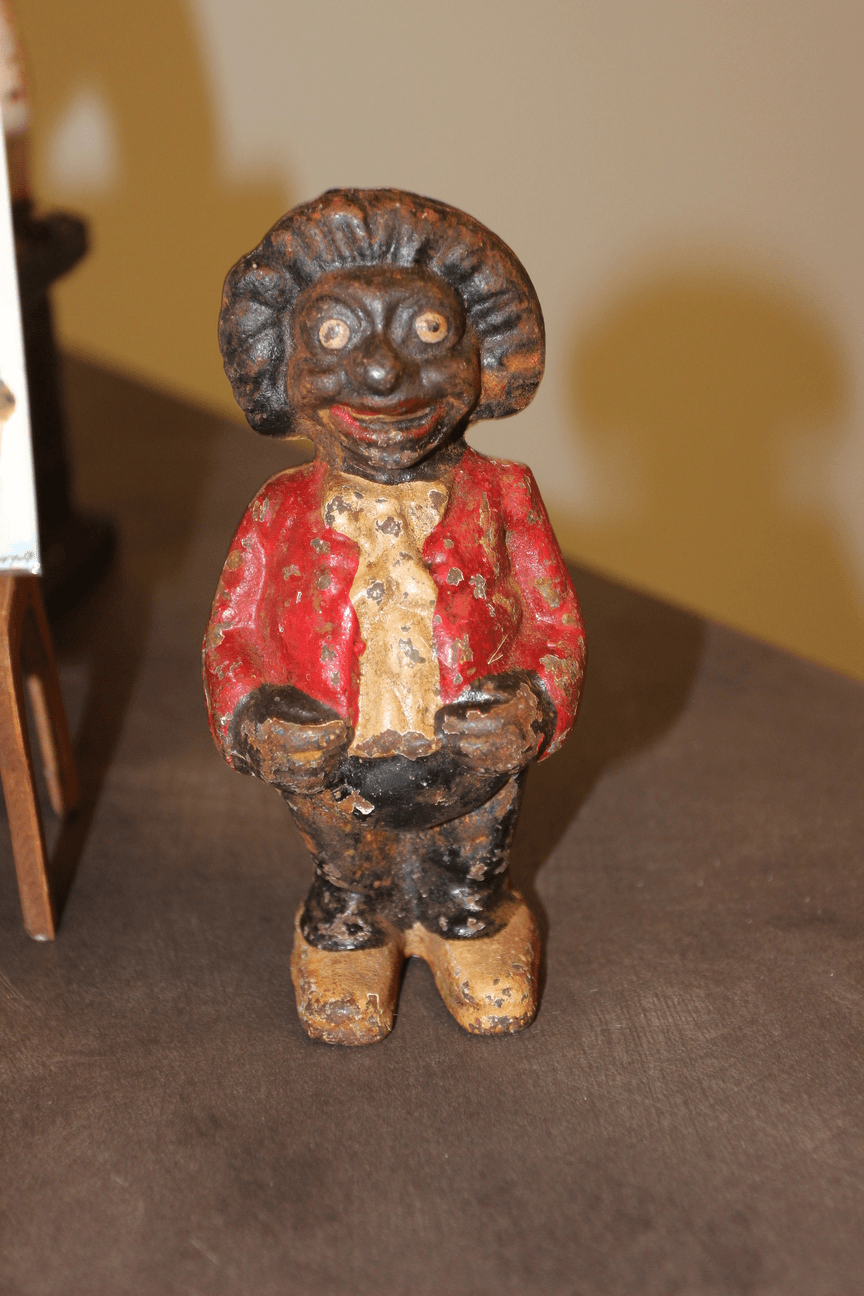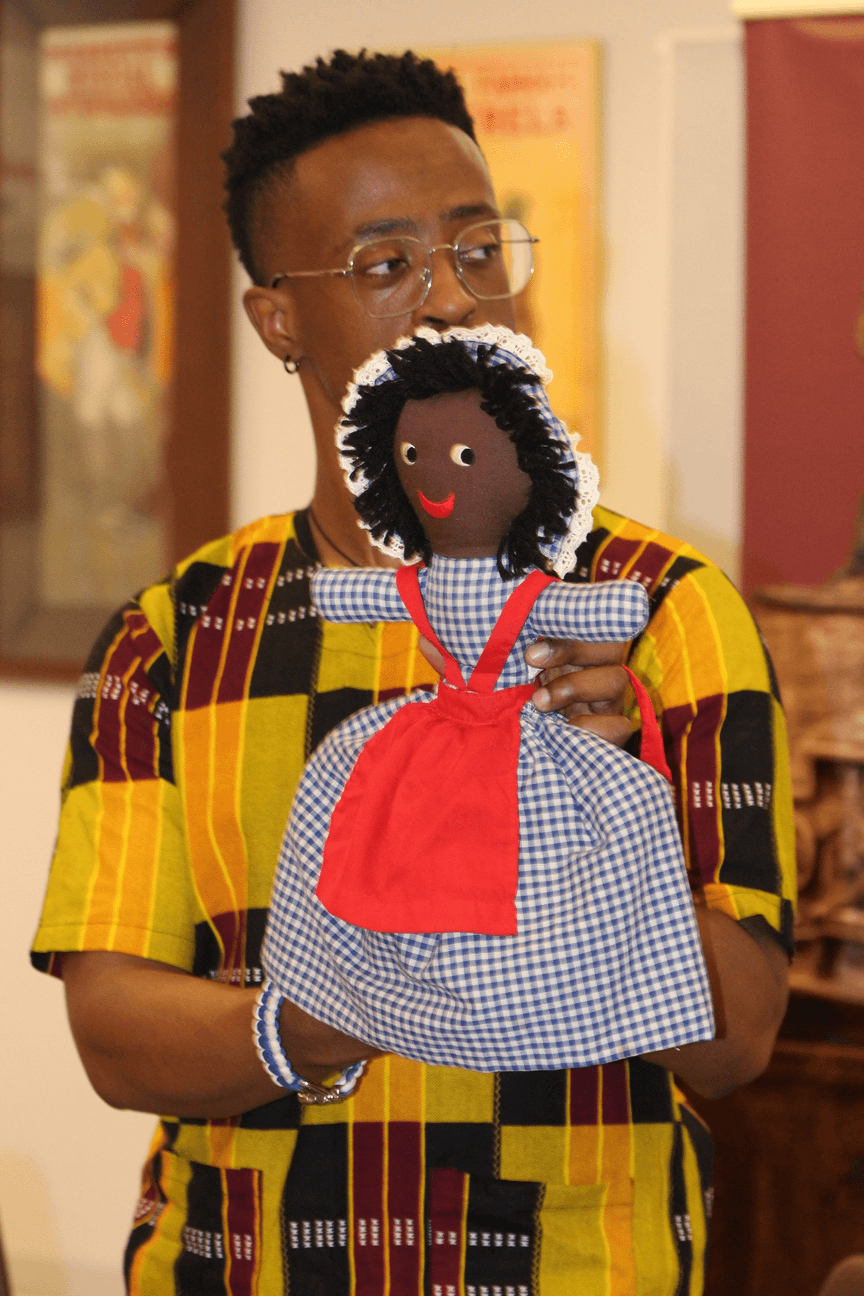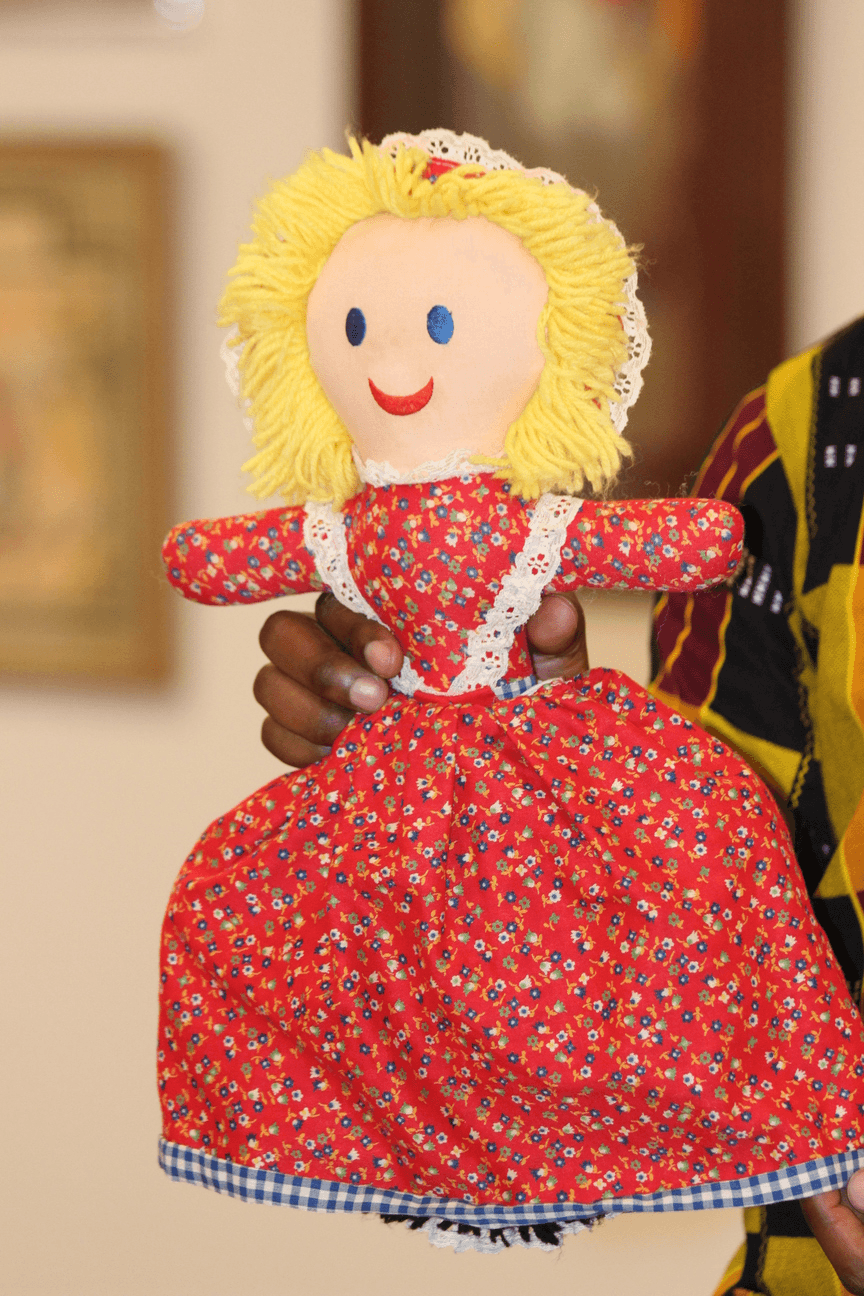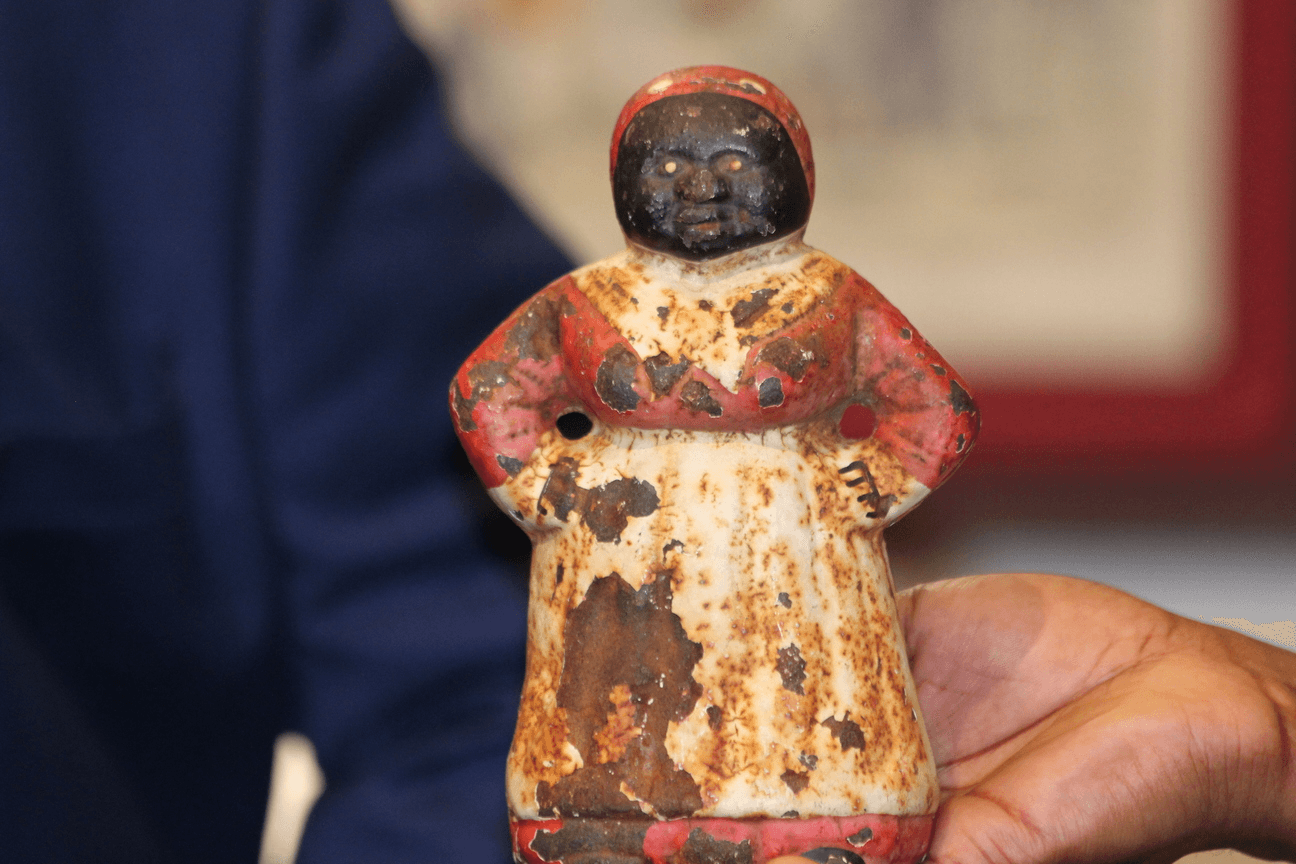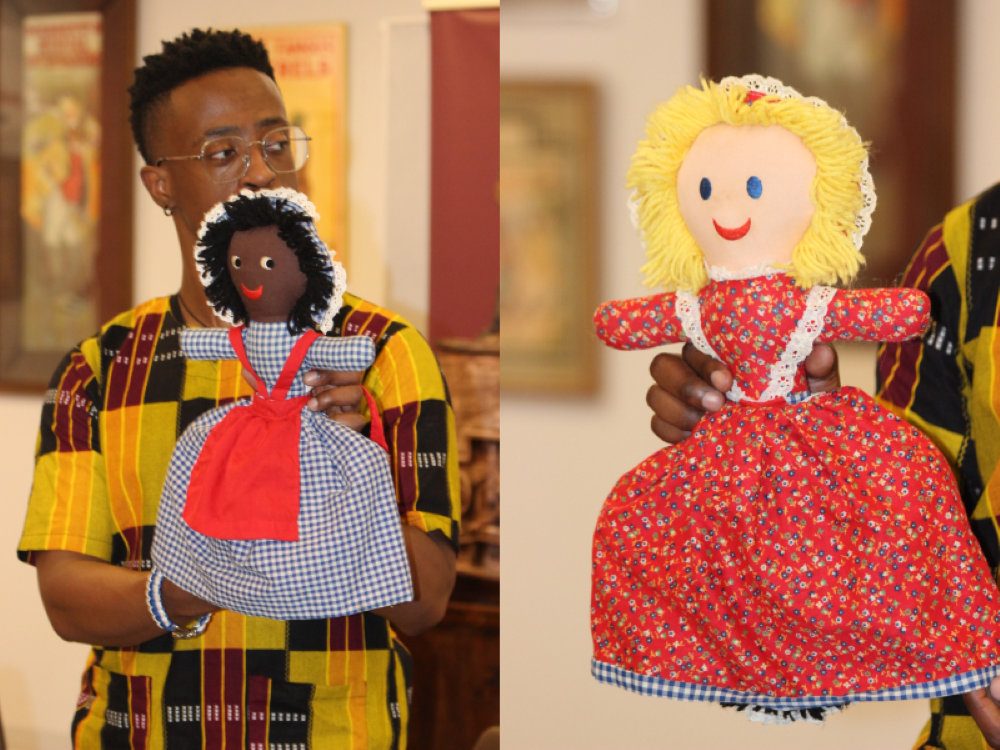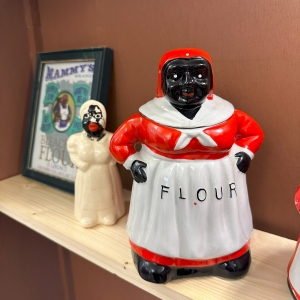Catch Dallas Cooper Jackson’s MFA thesis exhibit at the Studio@620 now through the end of March. He is seen above with Bob Devin Jones, executive director and co-founder of the Studio@620.
BY J.A. JONES, Staff Writer
ST. PETERSBURG — Artist, educator and researcher Dallas Cooper Jackson, Ed.D. is currently holding his MFA thesis exhibit, “Bệte Noire: The Migrant and The Mendicant,” at the Studio@620, running through March 31.
The St. Pete native, who is finishing up his studies at Savannah College of Art and Design (SCAD), has a decades-long career as a public servant that has always run alongside his life journey as an artist.
Jackson served his country in the United States Army for 11 years, with a tour in Southwest Asia – Saudi Arabia and Kuwait – post Desert Storm ground war. He worked for Juvenile Services and the Department of Juvenile Justice for three and a half years and then embarked on a career in education.
“I became an artist years before becoming an educator. As an educator, I have advocated for the arts throughout my career,” shared Jackson. In the past, during decades of work with Pinellas County Schools, his advocacy resulted in the expansion of music, theater and dance programming for students.
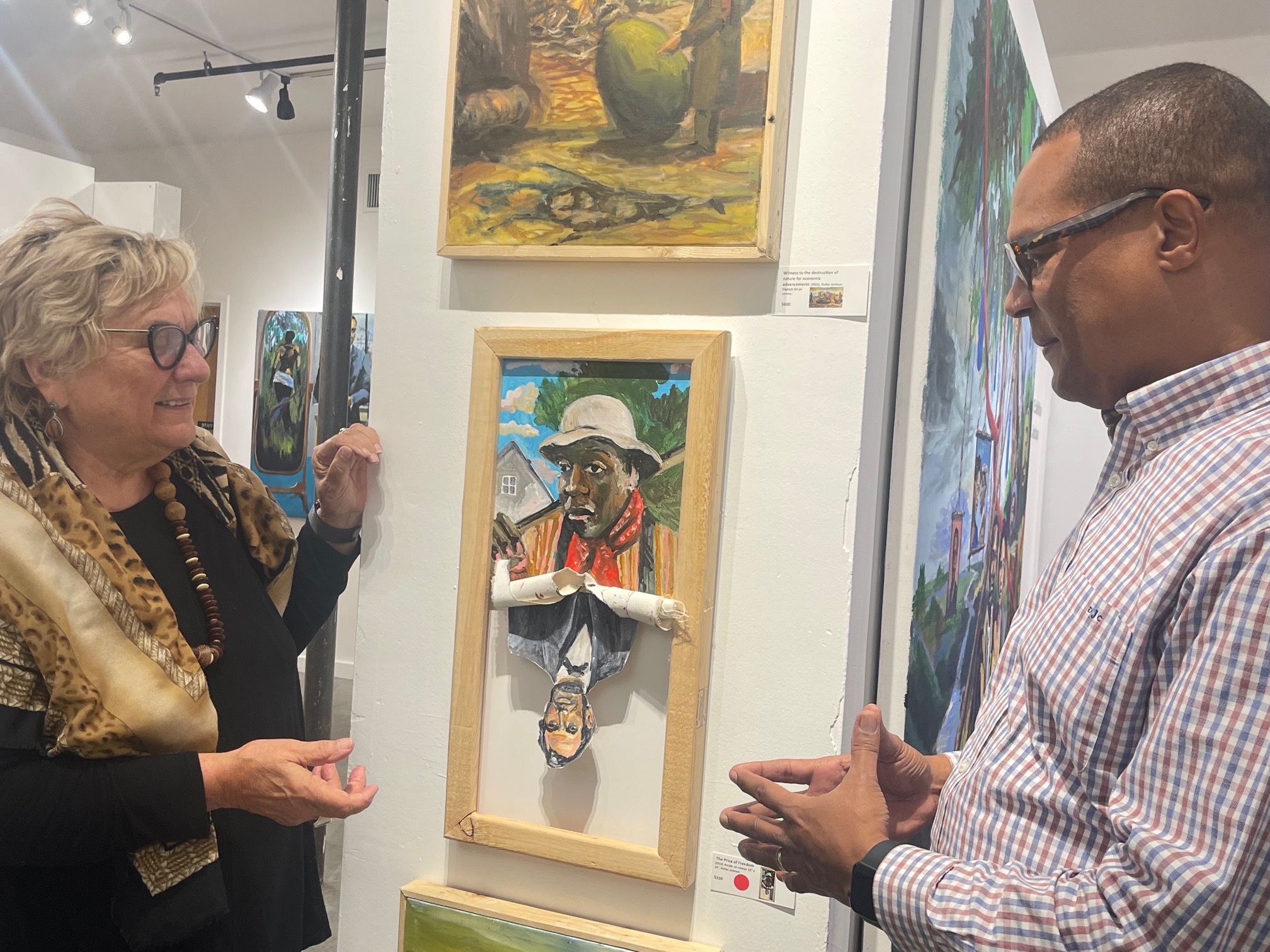
Artist Katie Deits of Florida Craft Art and Dr. Dallas Jackson discussing his artwork.
Jackson explained three themes explored in his current show at The Studio@620, which he stated is situated within the 90 years from post-emancipation through the pre-civil rights period. The themes grew from a series of artist talks during his 2021 exhibition at The Woodson African American Museum of Florida.
For his first theme, he explained “Bete Noire” literally translates in French to “black beast.” Used in colloquial expression to punctuate an “inconvenience,” the overarching meaning of the exhibit to the racial strife in America since its inception.
Jackson’s second topic is the “migrant,” examining the work of Jacob Lawrence, who documented the great migration and the woes of the newly freed Blacks in adjusting to life during Jim Crow. Most of the works “focus on the migrant couple, acculturation and symbology of the time based on superstition and chance,” he relayed.

Hillary Van Dyke of Green Book of Tampa Bay with a Jackson acquisition.
The third theme is “the mendicant” – a largely religious term for a beggar – that addresses “the abject poverty of the 90 years and connects it to the current time,” said Jackson. The paintings include pointed observations of the effects of gentrification, including his “Massacre at the Crossroads” and “Cloudy with a 100% Chance of Gentrification.”
Jackson believes the most crucial work for artists today is documenting the history of our current times and wants to see more opportunities offered to early career artists locally, even as more global art houses attempt to increase participation by BIPOC artists.
“When I saw Christie’s “Say It Loud” exhibition, I was elated,” he said. “Blue chip auction houses are creating pathways. The Royal Academy embraced several BIPOC artists. It remains to see how that will trickle down to emerging artists.”
Jackson curated the “Intentional Tension” exhibition at the Warehouse Arts District last August, which he said was specifically designed to include emerging, early-career and professional artists as well as those working in the academy.
Recalling the impact of having his own work exhibited along with renowned artists such as Kara Walker and Sedrick Huckabee in the 2021 “Reverberations” exhibit at the James and Woodson museums, Jackson would like to see more of this happening for Black artists.
“Those artists have global notoriety and showing with them increased traffic in the show and exposure for lesser-known artists. We should do this for emerging artists and support them early in their careers,” he added, noting another benefit is in allowing art enthusiasts to see the work of early career artists while it’s more affordable.
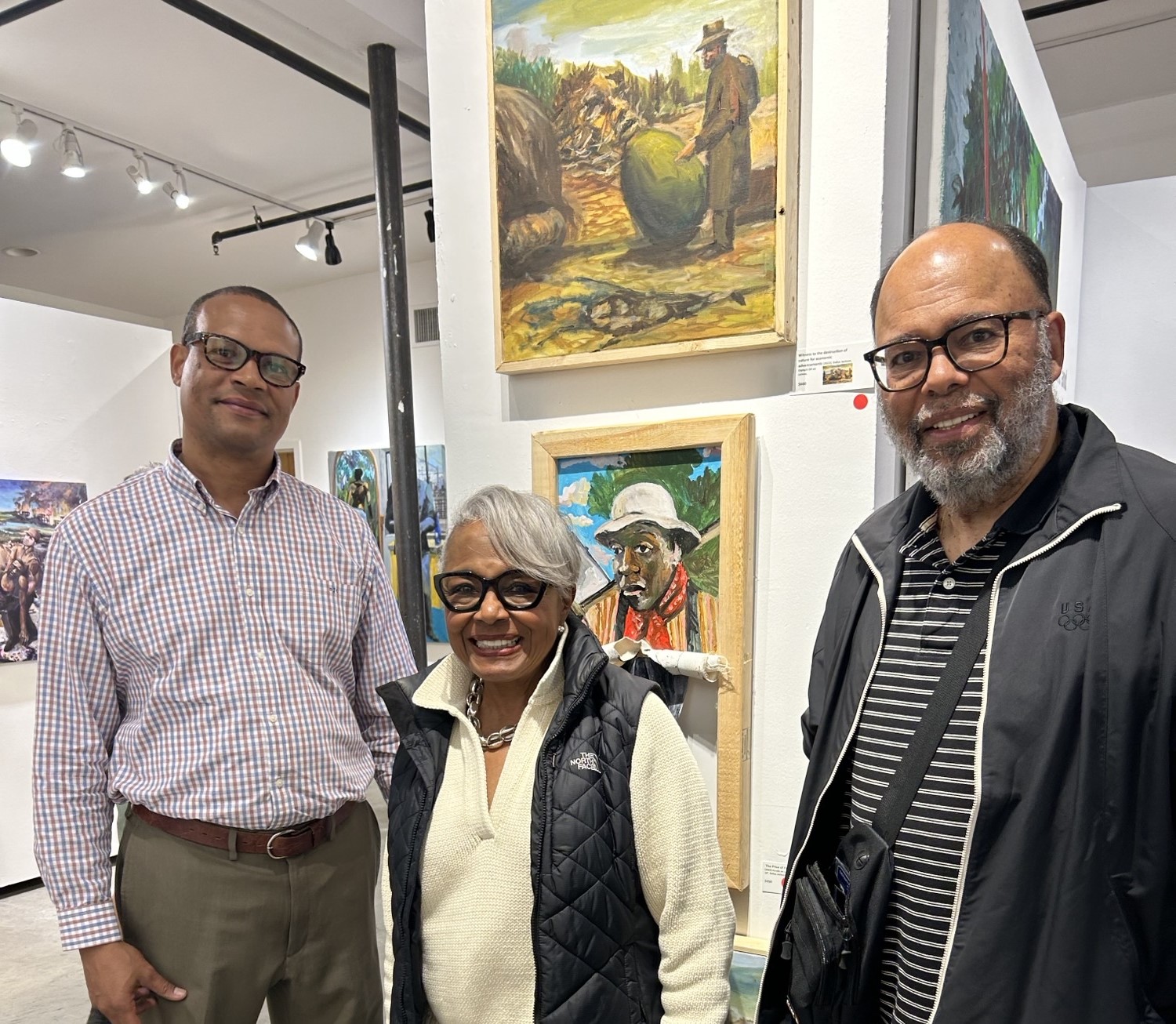
Elaine and Errol Davis acquired one of the paintings for the collection at the African American Heritage House in Chautauqua, N.Y.
Thanks to a Creative Pinellas NEA grant, Jackson recently brought emerging and local artists to the Light House of Pinellas, who works with visually impaired students. The grant brought art programming to visually impaired students who often do not have access because of their academic schedules and vision services while in school.
“Visual impairment does not hinder creativity at all. In instances, technologies or specific creative adaptations have to happen. The group of visually impaired students came to the art program with so many interests and skills that the program was mostly experiential,” Jackson shared.
He relayed how a color-blind student used hex codes — the nomenclature for colors used in computer programing — to create color images, while low-visibility students used traditional methods, and blind students created textured paintings and sculptures based on the theme of the month.
Jackson is passing his artistic DNA on to his children. “Those who have seen me in ‘the art world’ seldom have seen me there without my children,” he said, noting that his children have spent weekends with him at his art studio, as well as traveling to exhibitions together.
“I want them to develop a sense of connoisseurship, where they can [view] artists, movements, artistic periods, and have an overall mature understanding of art and its function.”
Find out more about Jackson at Creative Pinellas and visit “Bệte Noire: The Migrant and The Mendicant” exhibition at Studio@620 through March 31.
Post Views:
2,374

